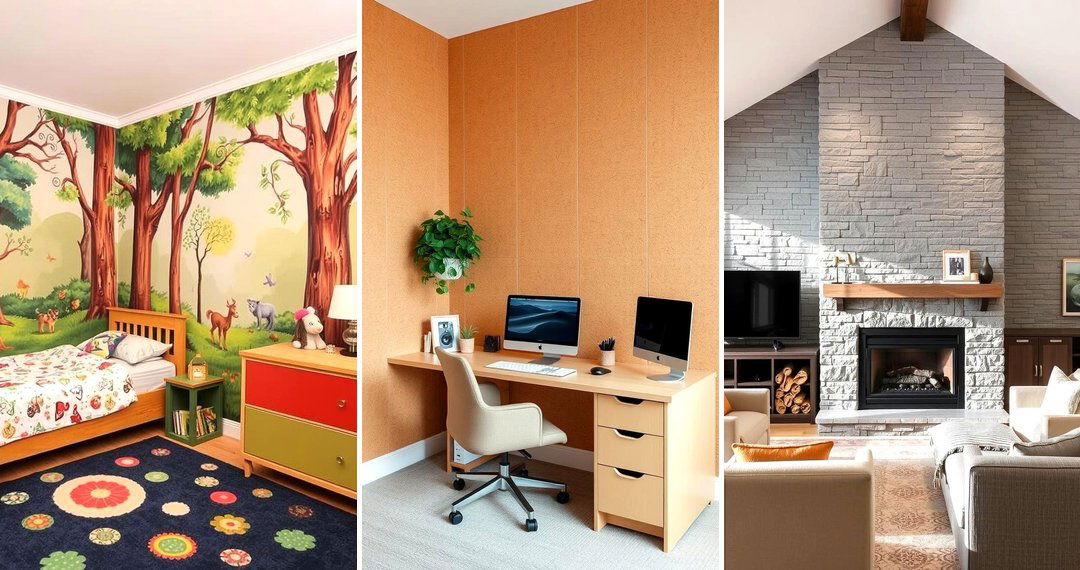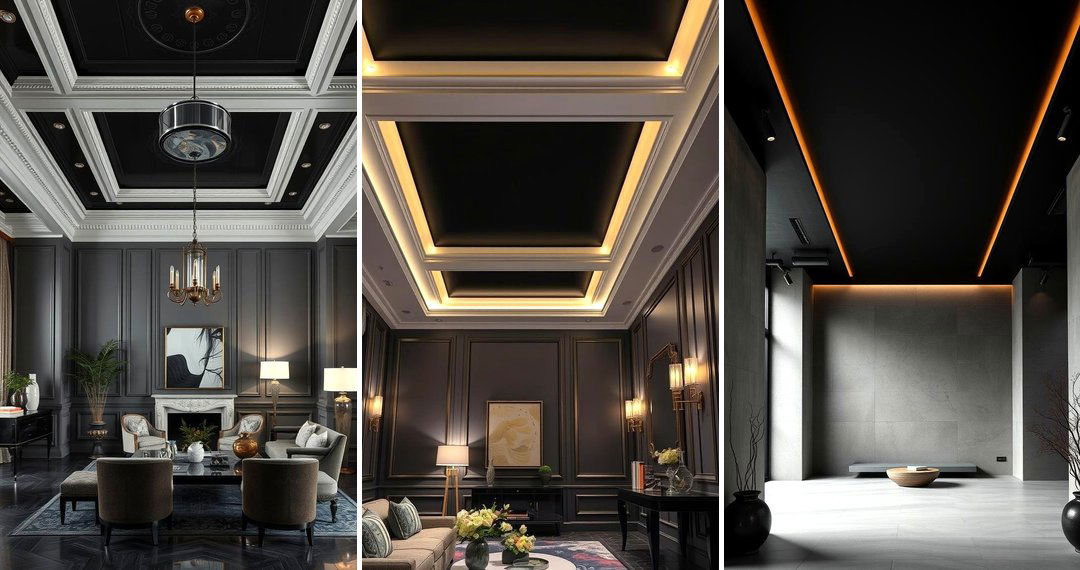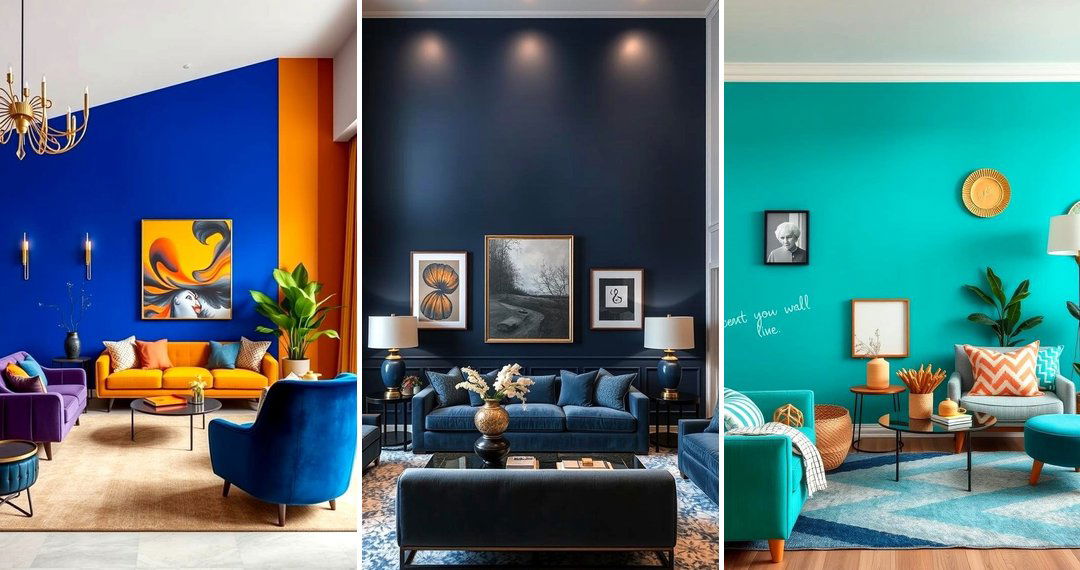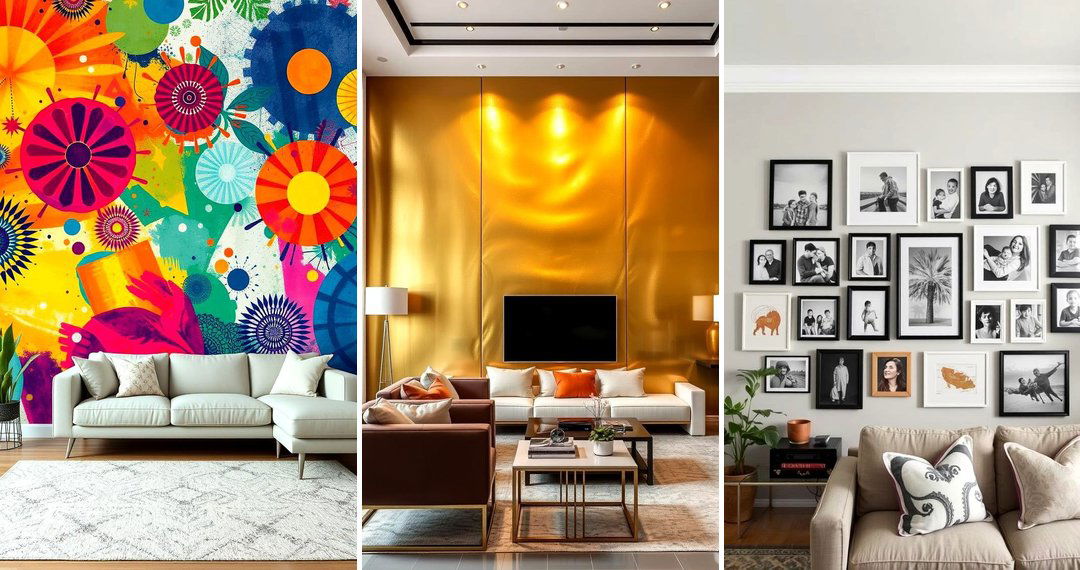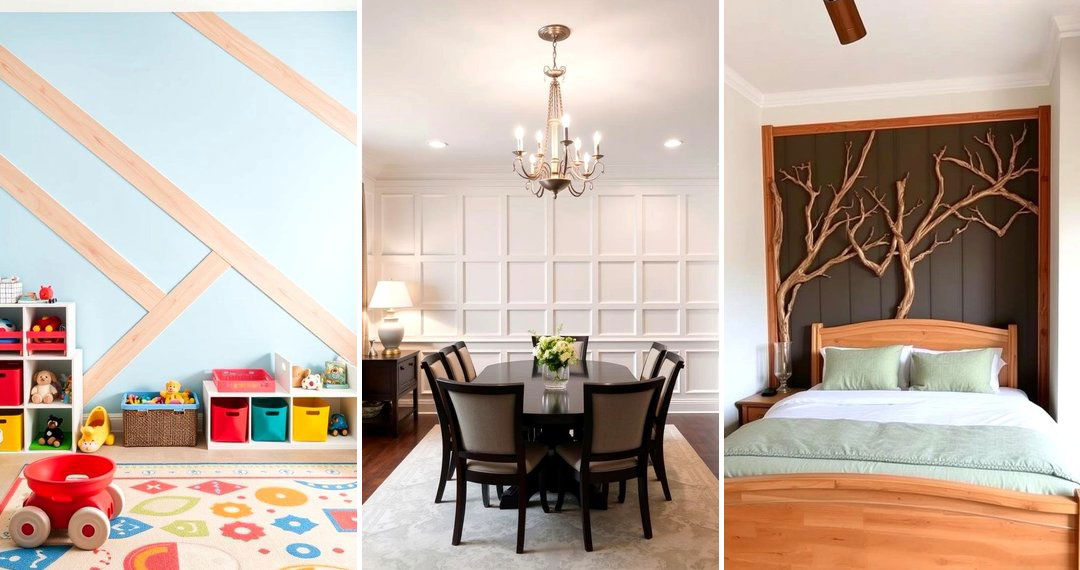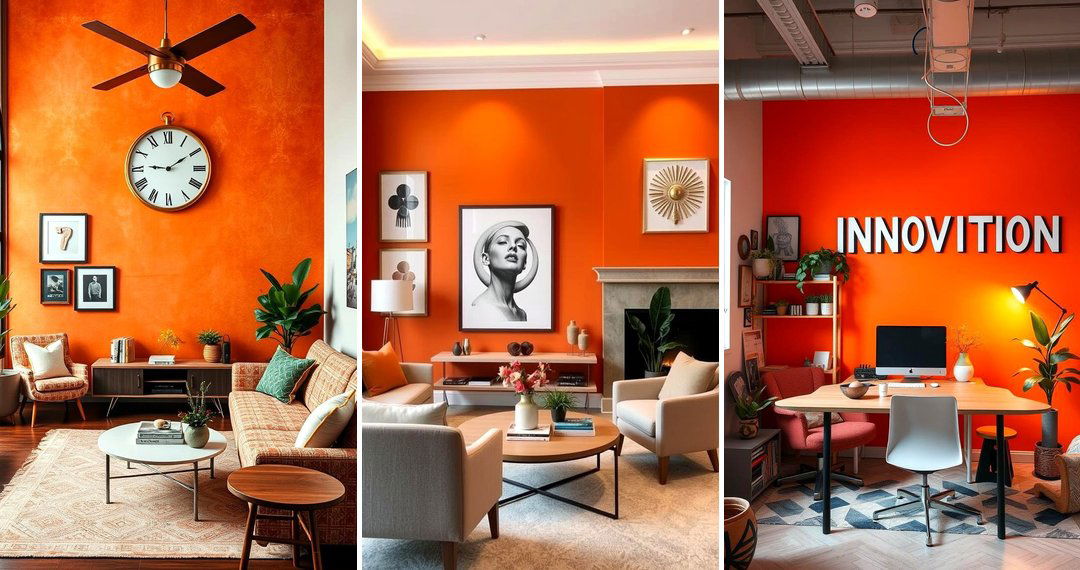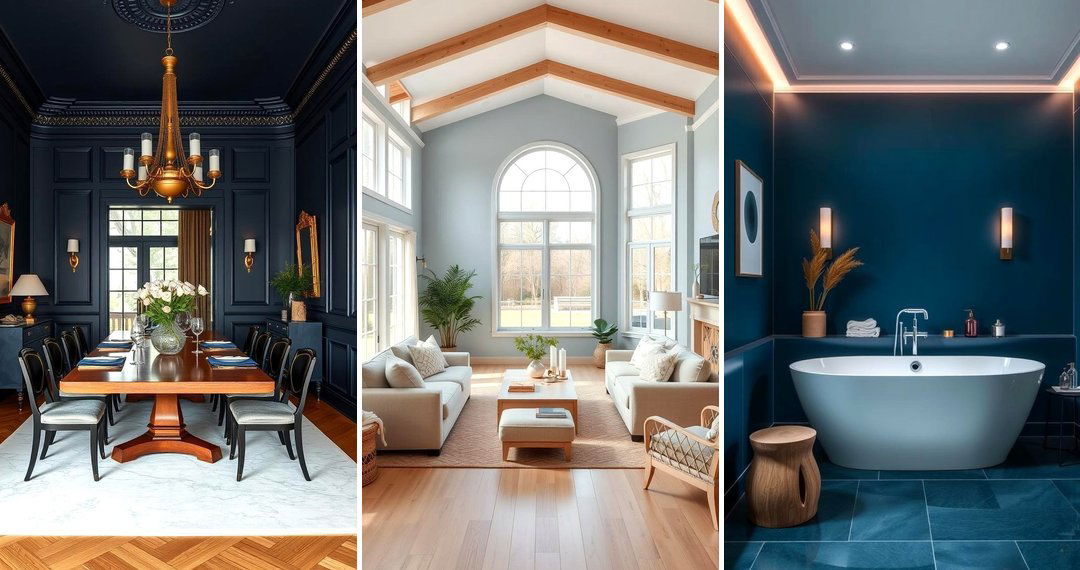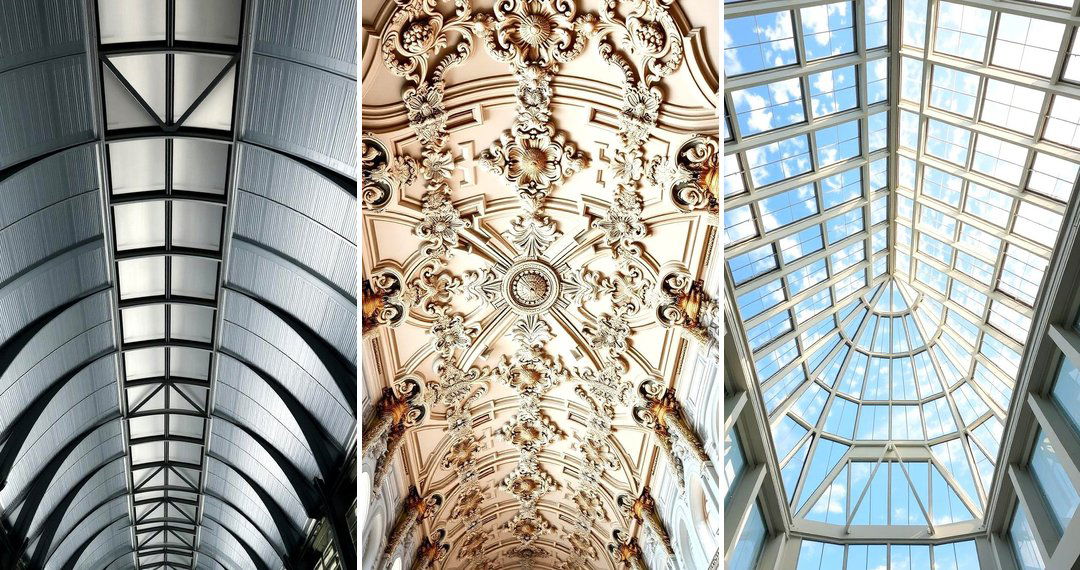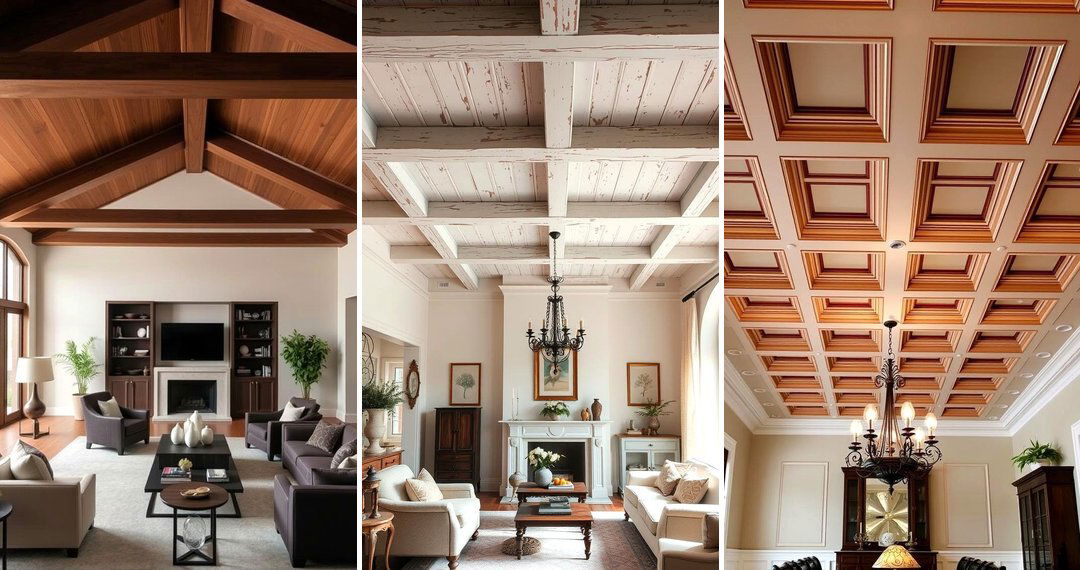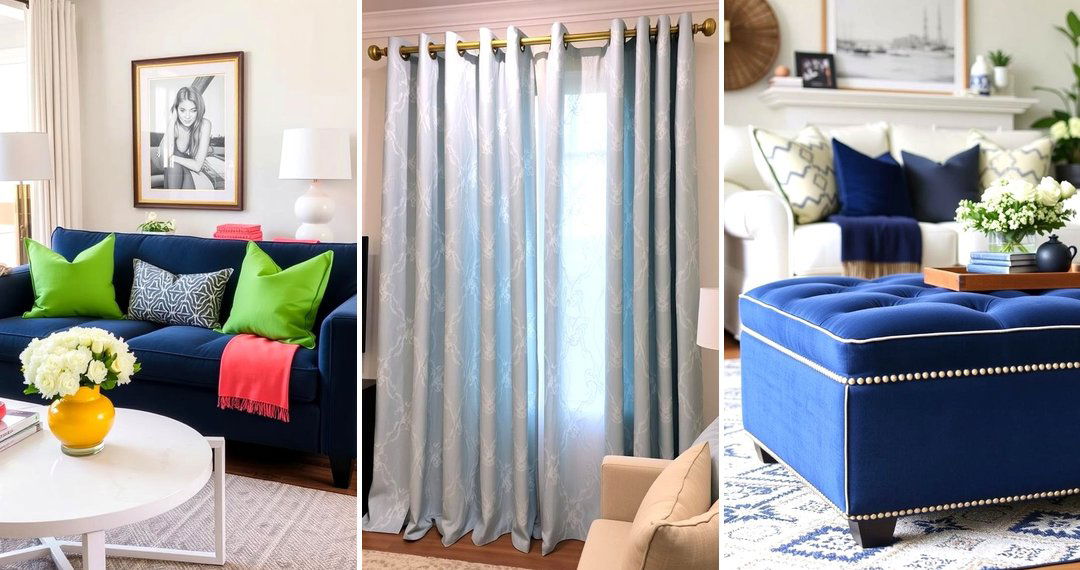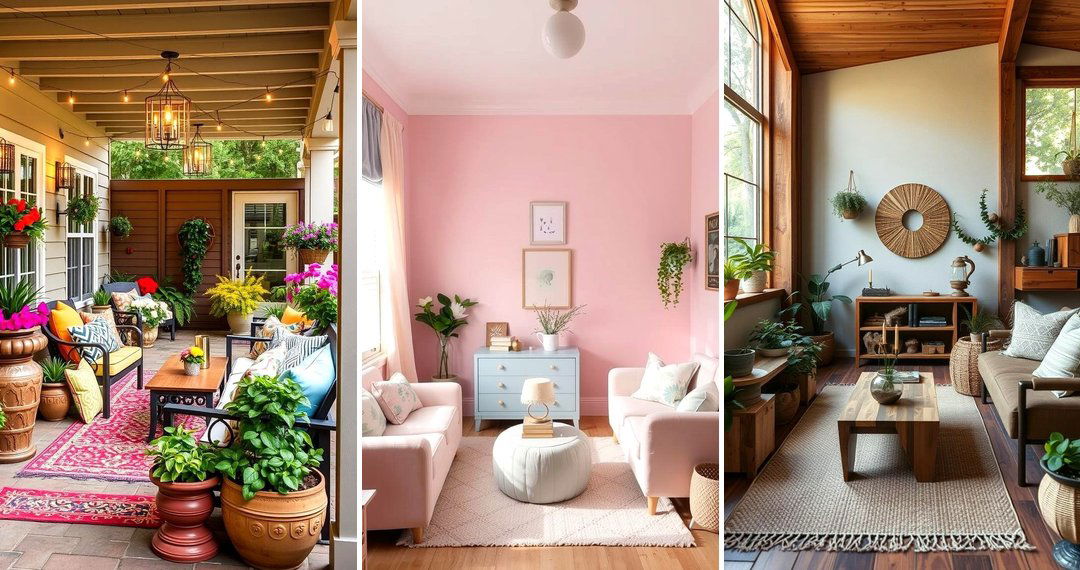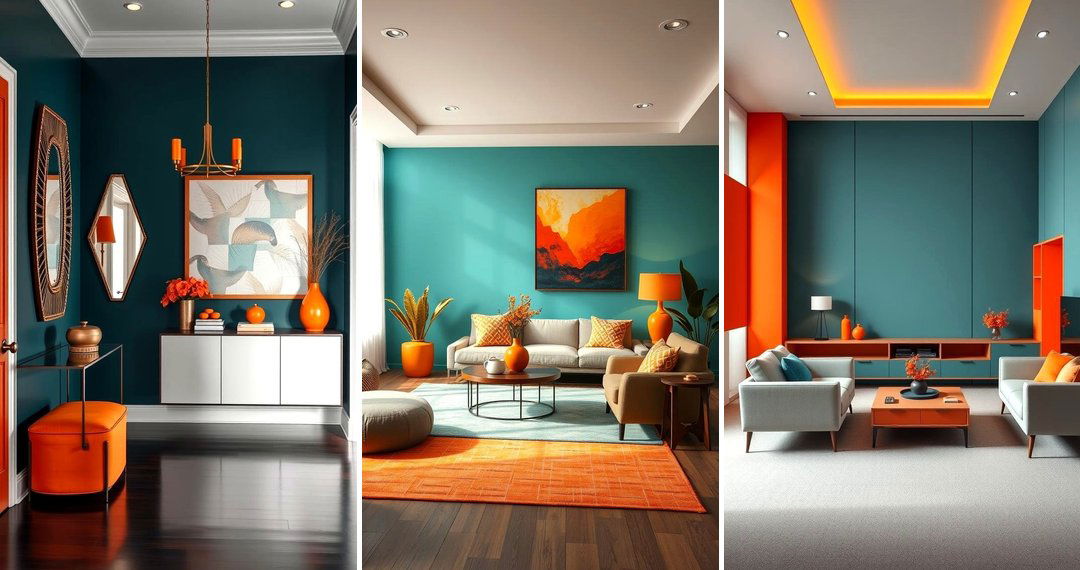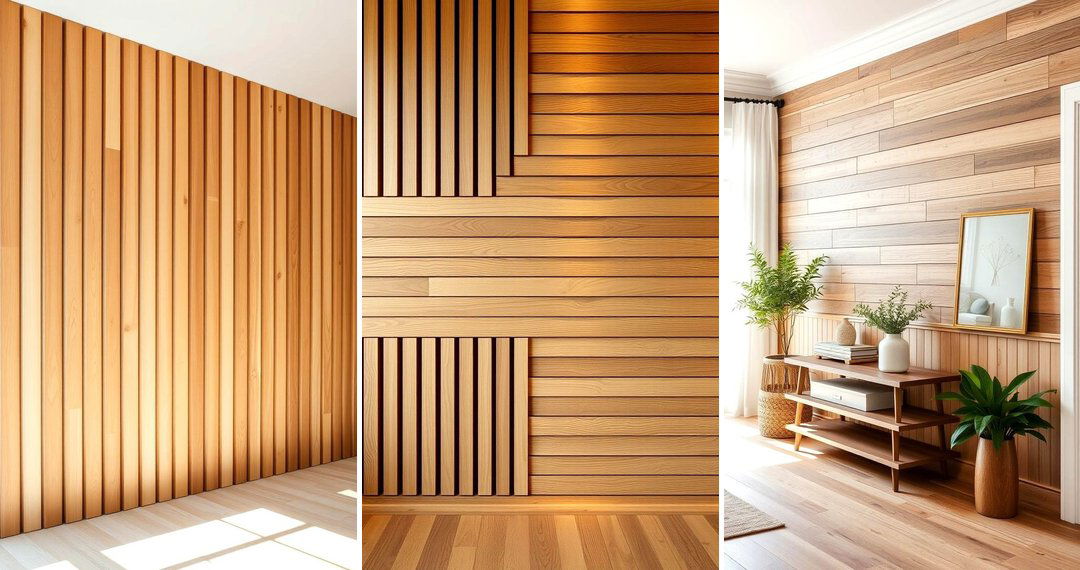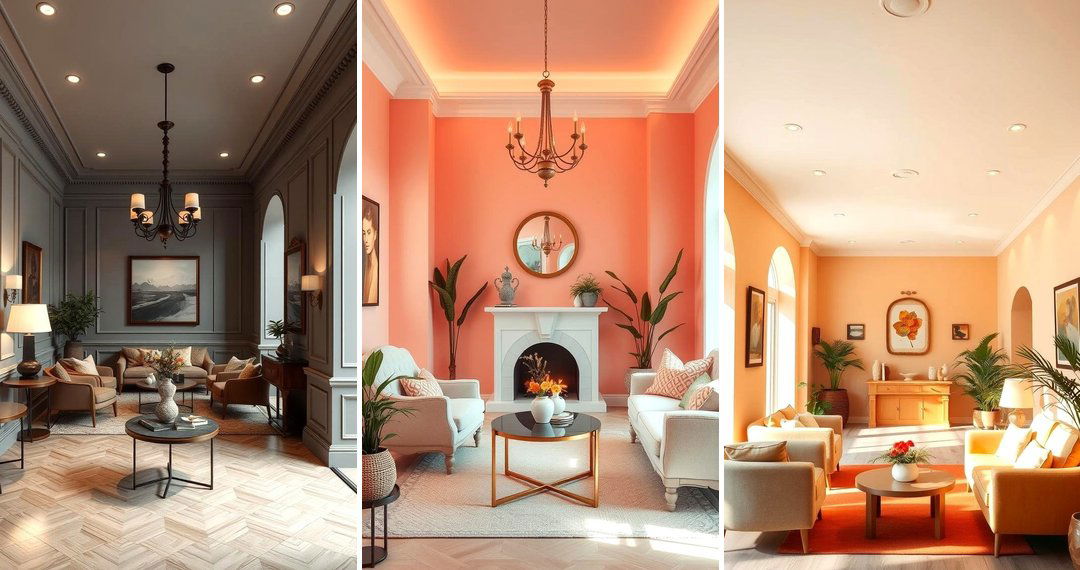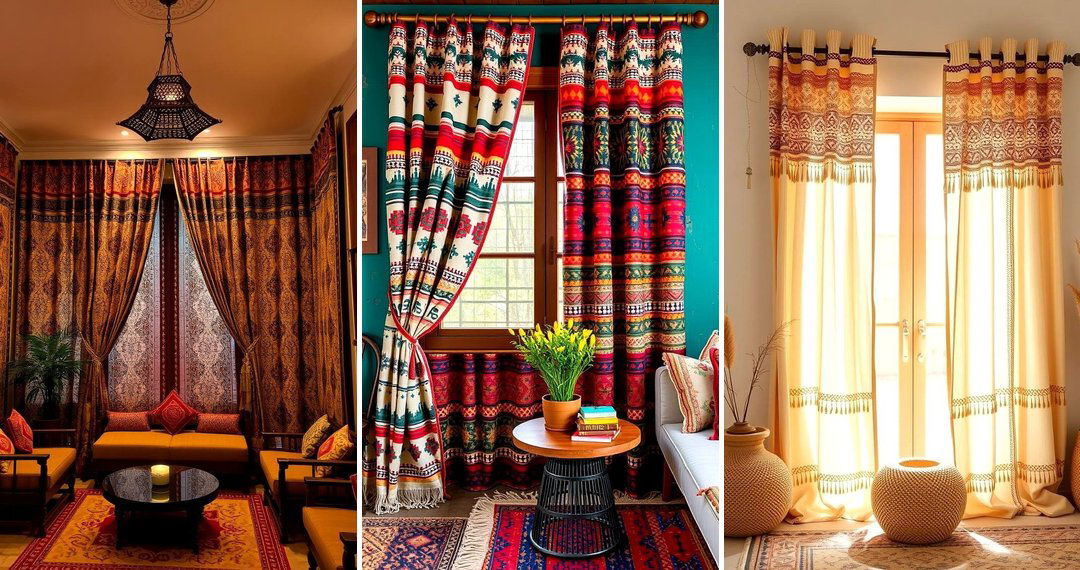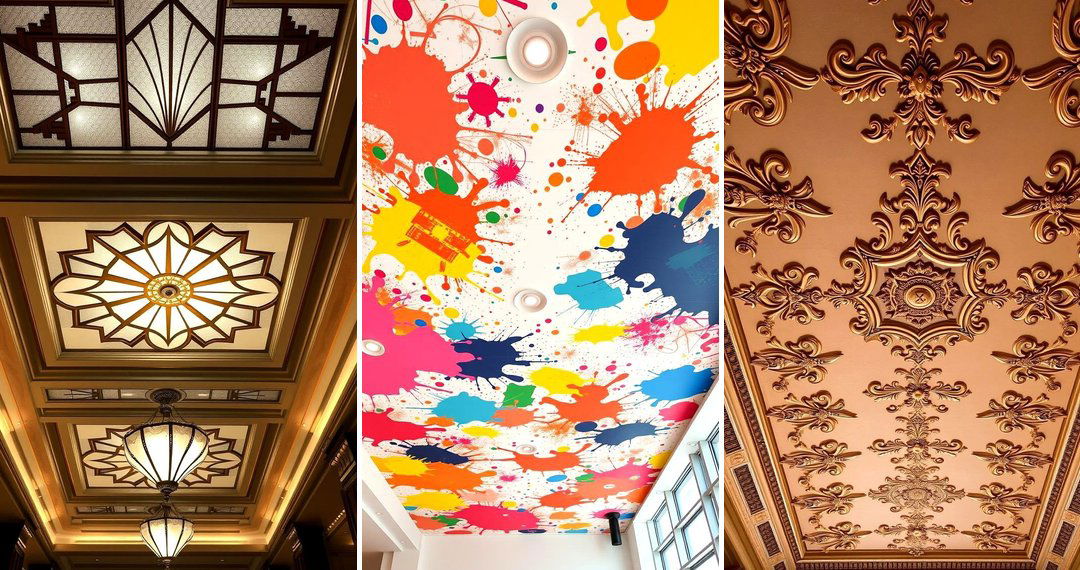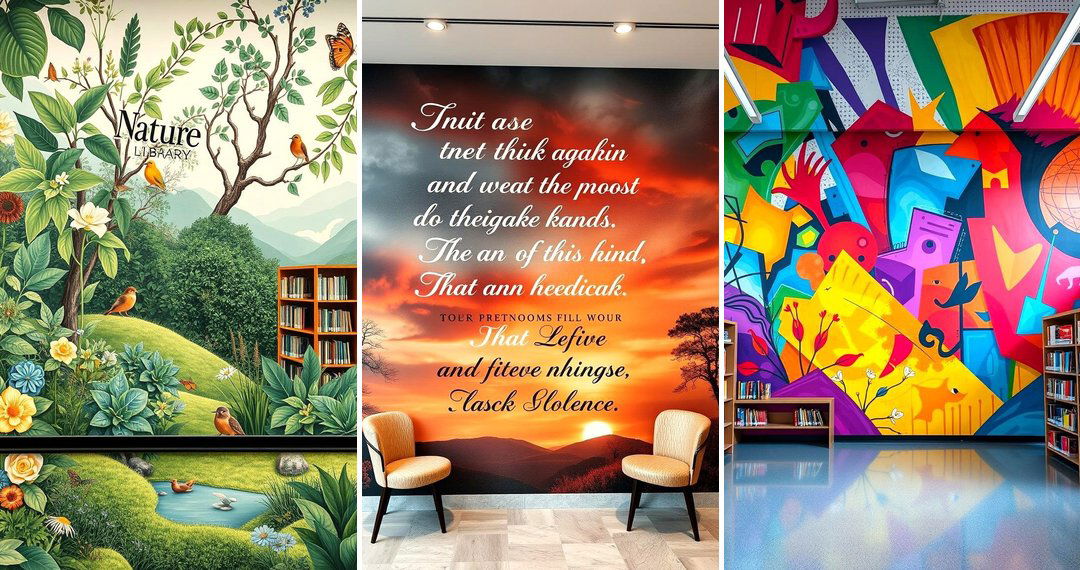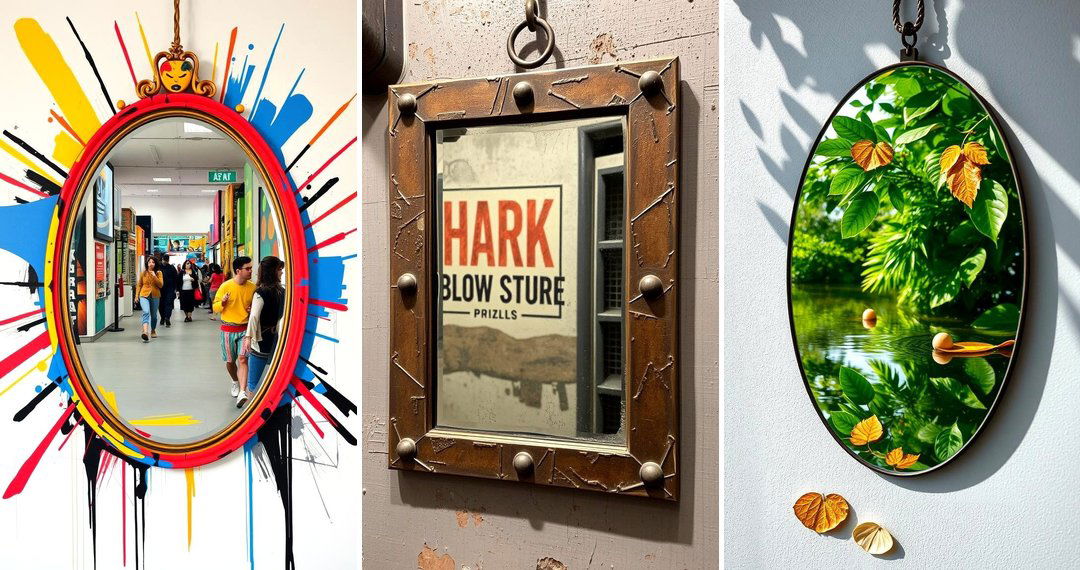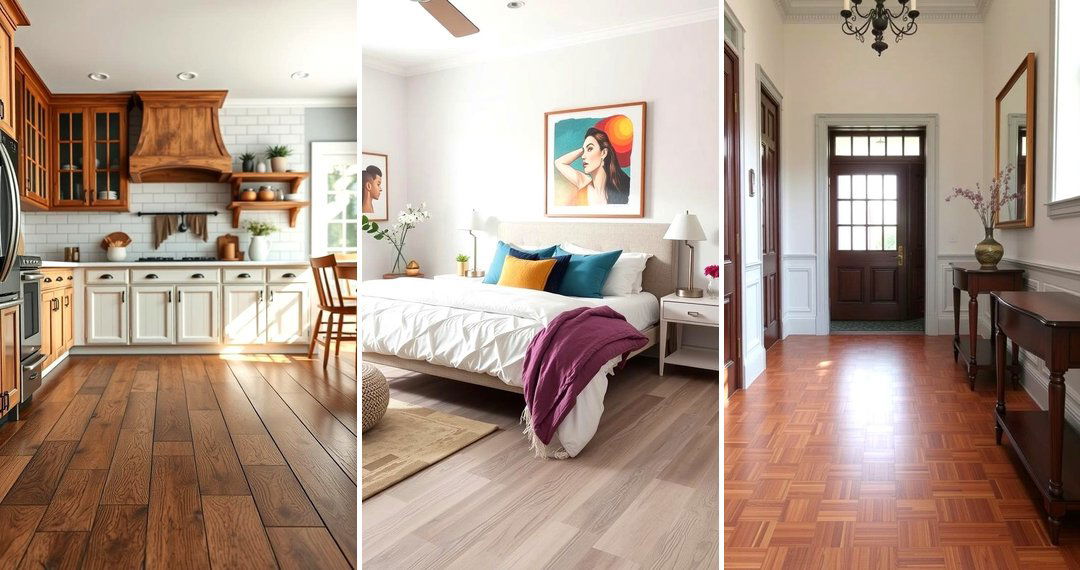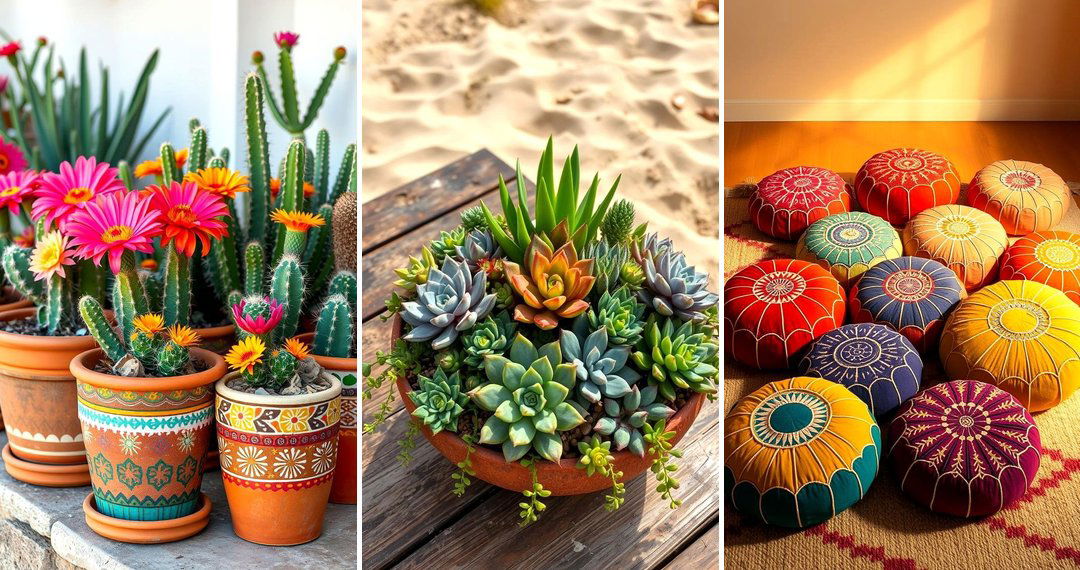Wall textures play a pivotal role in defining the ambiance and character of any space. Beyond just adding visual interest, the right texture can enhance a room's acoustics, conceal imperfections, and even contribute to its overall thermal comfort. Exploring the diverse world of wall treatments opens up a realm of possibilities for homeowners and designers alike, allowing for personalized expressions of style and functionality. From subtle nuances to bold statements, the choice of texture can dramatically impact how we perceive and interact with our surroundings. Let's delve into a collection of 24 wall texture ideas that can transform your walls from mere boundaries into captivating features.
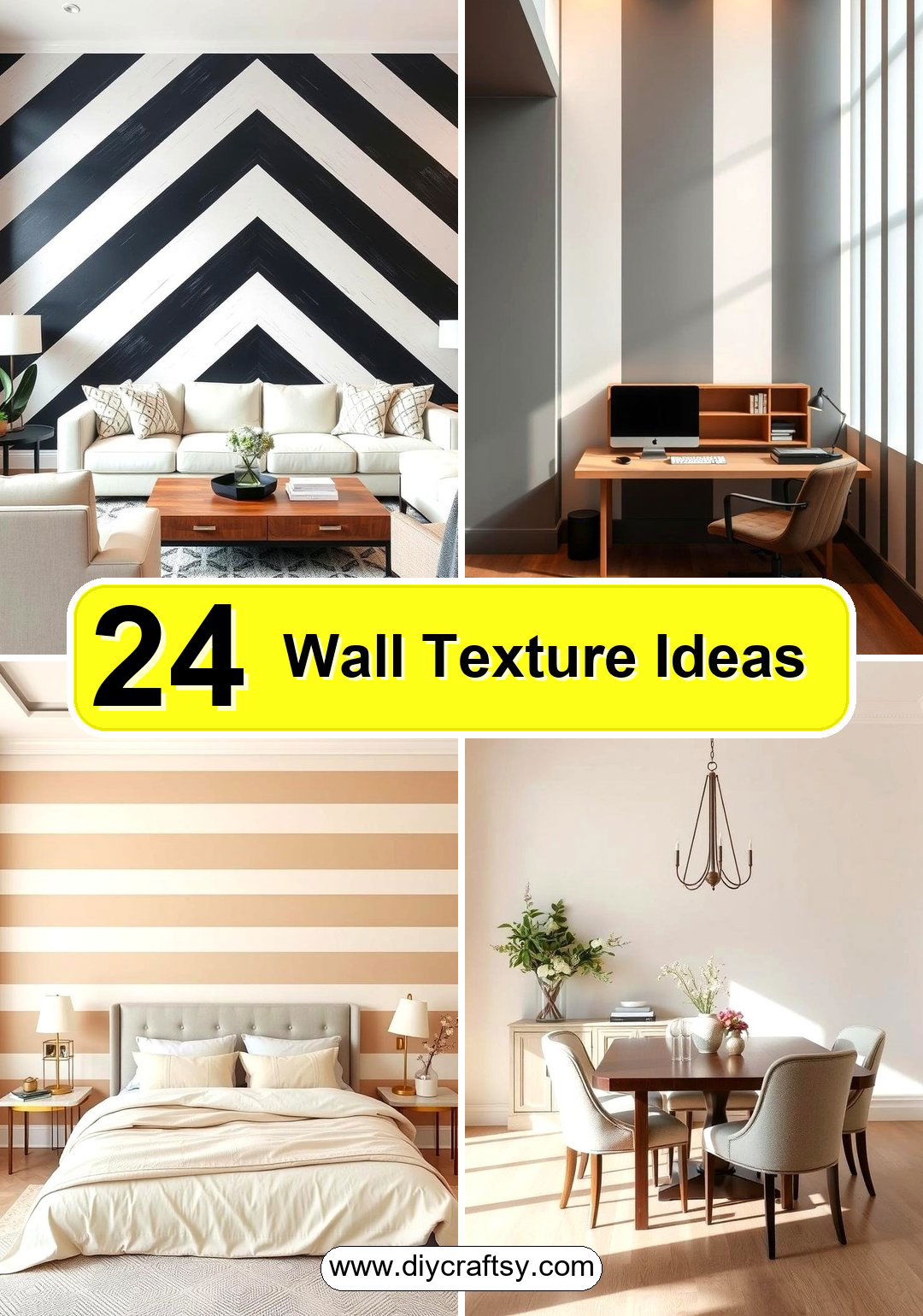
1. Smooth Finish

The quintessential smooth finish offers a clean and contemporary backdrop, making it a versatile choice for various interior styles. This texture excels at showcasing artwork and allowing furniture to take center stage. For those seeking a minimalist aesthetic, the seamless surface of a smooth wall provides an understated elegance. Bringing a sense of spaciousness to a room, it also reflects light effectively, brightening up the area. Consider this option for a timeless and adaptable foundation for your decor.
2. Orange Peel
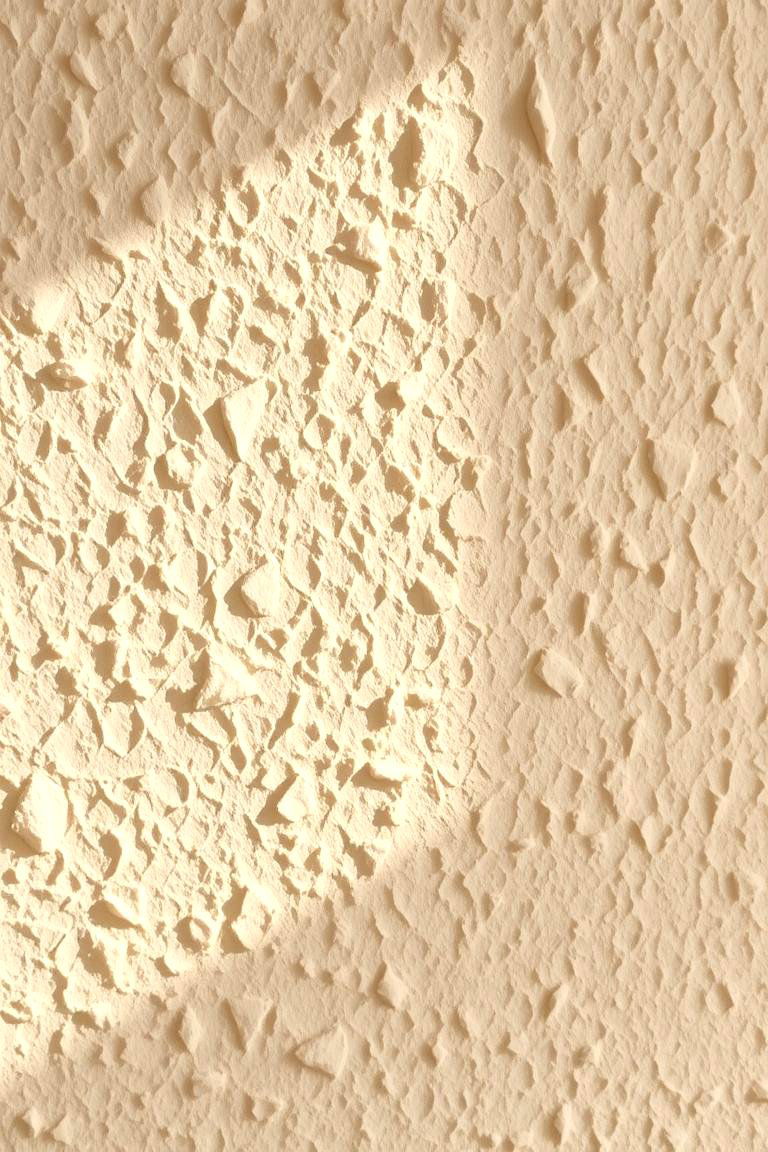
With its subtle, slightly bumpy surface resembling the skin of an orange, this texture is a popular choice for its ability to hide minor wall imperfections. The gentle undulations diffuse light, reducing glare and creating a softer visual effect. For homeowners looking for a practical yet visually interesting option, orange peel offers a good balance. Take into account its durability and ease of cleaning, making it a family-friendly choice for busy households.
3. Knockdown
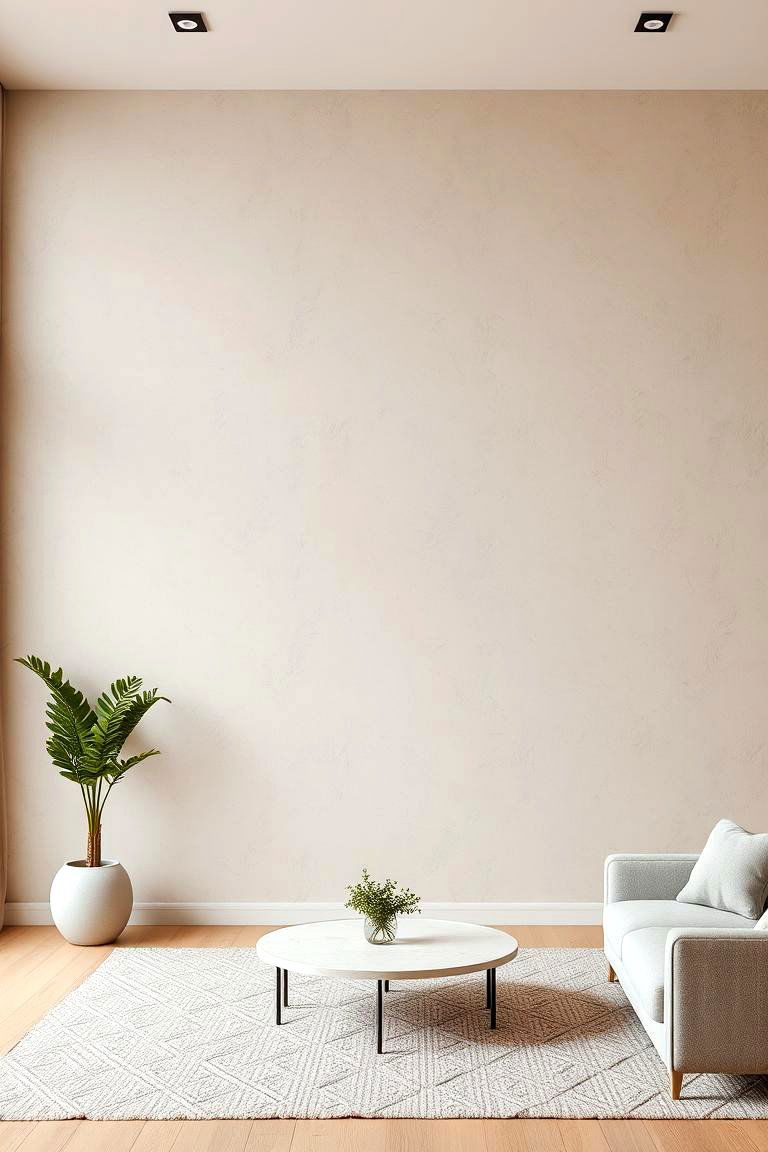
Another widely favored texture, knockdown, starts with a splattered application similar to orange peel but is then lightly flattened with a trowel. This process results in a subtle, flattened texture with slight variations. The key benefit lies in its ability to add visual interest without being overly pronounced. Additionally, knockdown textures are effective at concealing minor drywall flaws. What makes it appealing is its versatility, fitting well with both traditional and modern decor styles.
4. Popcorn Texture
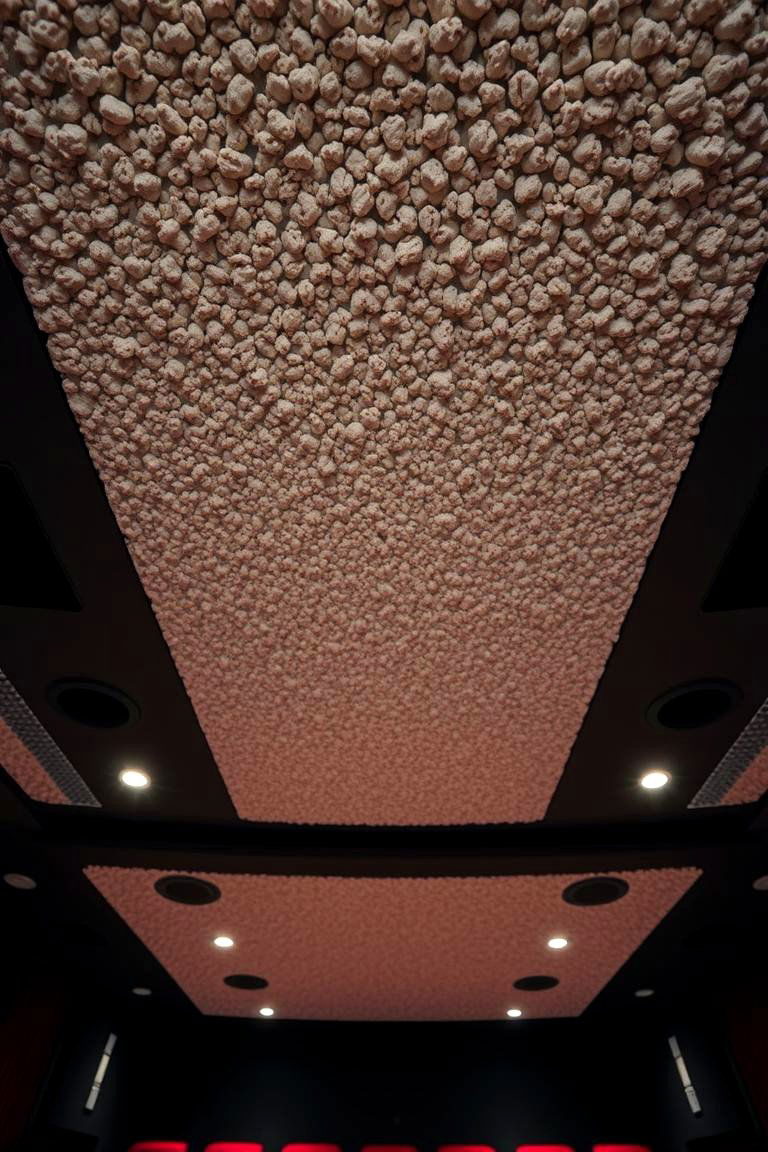
Once a common choice for ceilings due to its sound-dampening qualities and ability to hide imperfections, popcorn texture presents a distinctively bumpy surface. While its popularity has waned in recent years, it still serves a practical purpose in certain applications. For those prioritizing noise reduction, particularly in home theaters or music rooms, popcorn texture can be a consideration. By understanding its acoustic benefits, one can appreciate its functional value.
5. Swirl
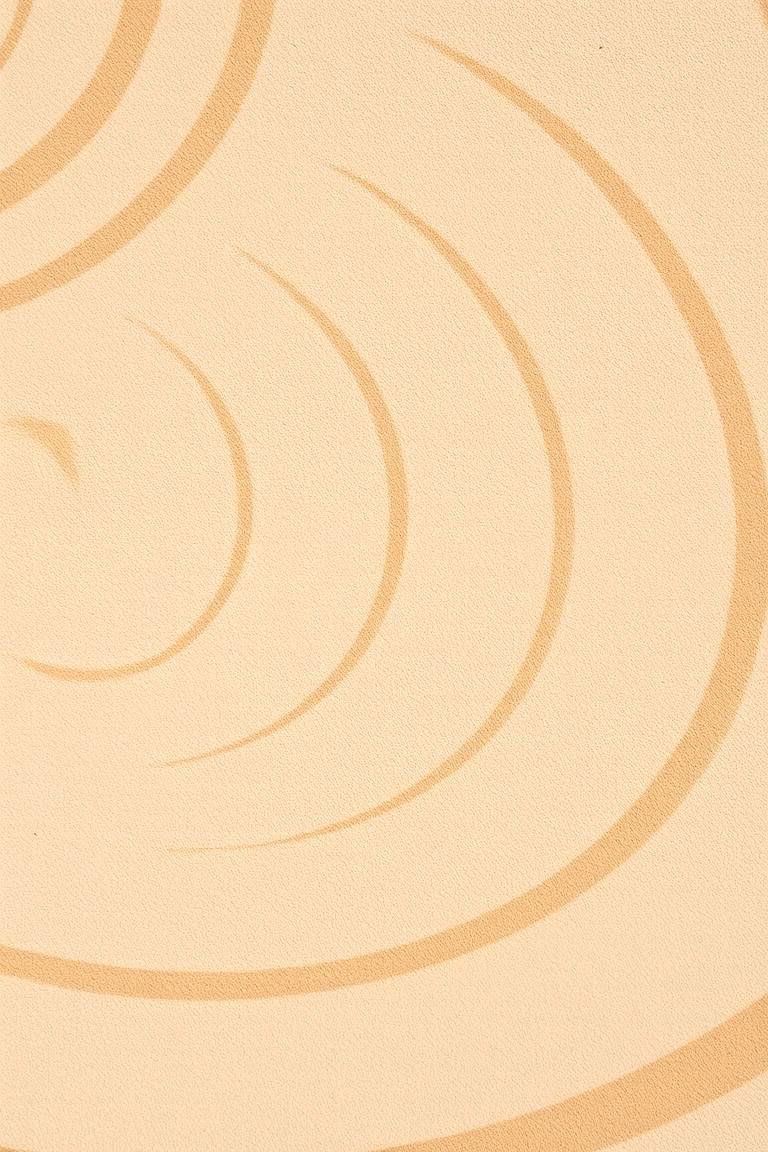
Introducing a touch of artistic flair, the swirl texture is created by using a brush or trowel to make semi-circular or swirling patterns in the wet joint compound. The resulting effect is a dynamic and visually engaging surface. With its ability to add movement and character to a room, swirl texture can become a focal point. Consider the size and density of the swirls to achieve the desired level of impact.
6. Comb

Another textured finish that adds a decorative touch, the comb texture involves using a specialized comb-like tool to create patterns in the wet compound. These patterns can range from straight lines and curves to more intricate designs. For those wanting to personalize their walls with unique detailing, comb texture offers a creative outlet. By experimenting with different comb sizes and techniques, you can achieve a truly bespoke look.
7. Sand Swirl
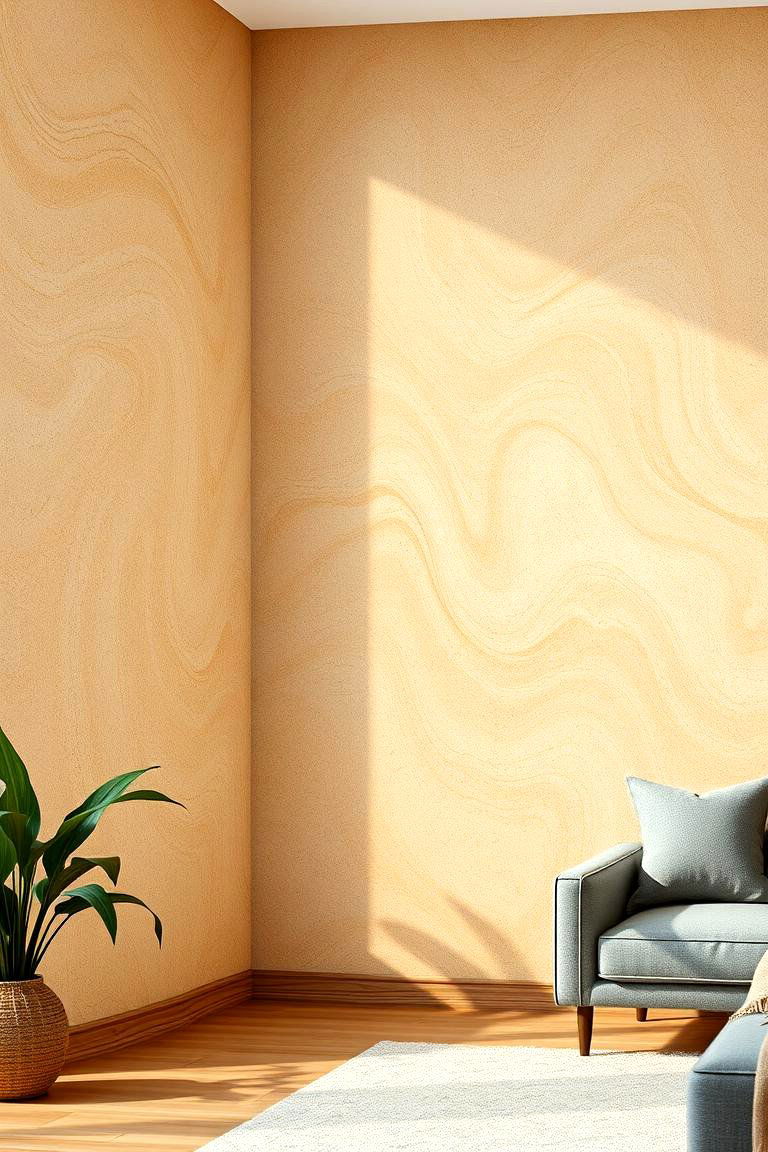
Combining the subtle texture of sand with the artistic patterns of a swirl, sand swirl offers a unique blend of visual and tactile interest. This is achieved by adding fine sand to the joint compound before applying the swirl technique. The key benefit is the added depth and dimension the sand provides. Furthermore, sand swirl can effectively mask minor imperfections while adding a touch of rustic charm.
8. Hawk and Trowel
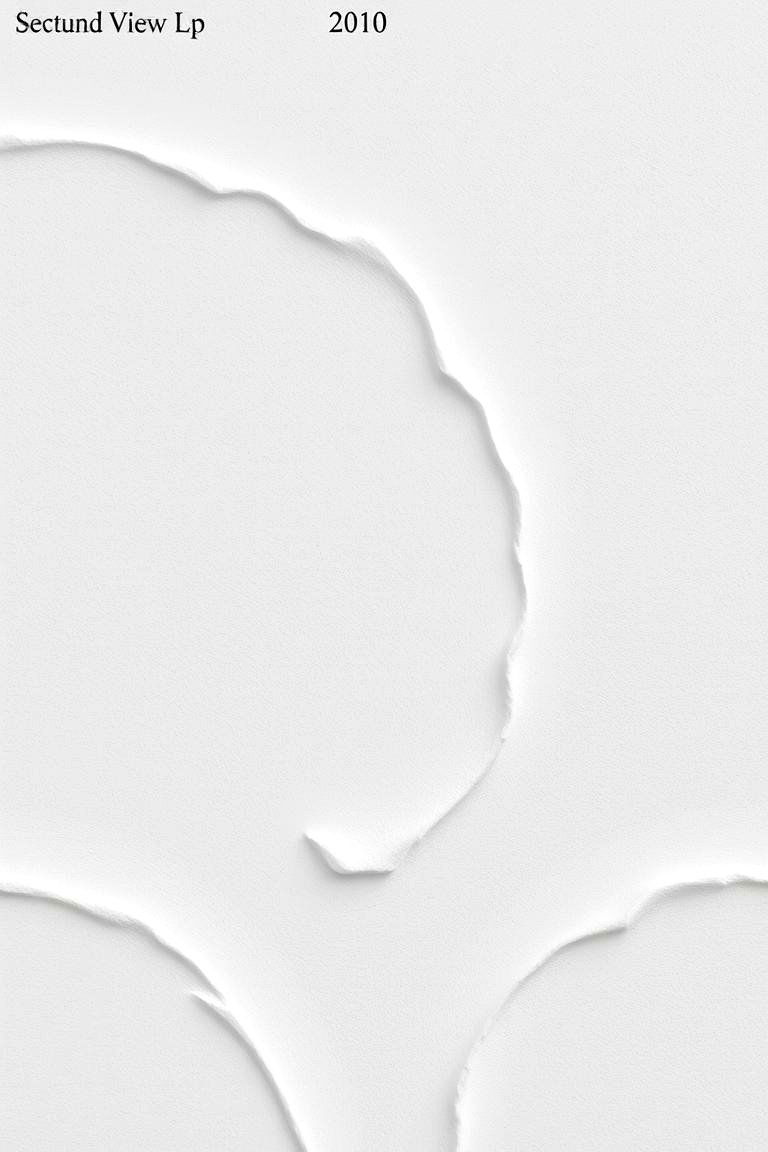
This traditional plastering technique involves applying thin layers of plaster with a hawk (a flat handheld tool) and smoothing it with a trowel. The result is a smooth yet slightly varied surface with subtle undulations that speak to craftsmanship. The practical advantage of hawk and trowel is its durability and longevity. Moreover, it offers a classic, timeless look that complements various architectural styles.
9. Skip Trowel
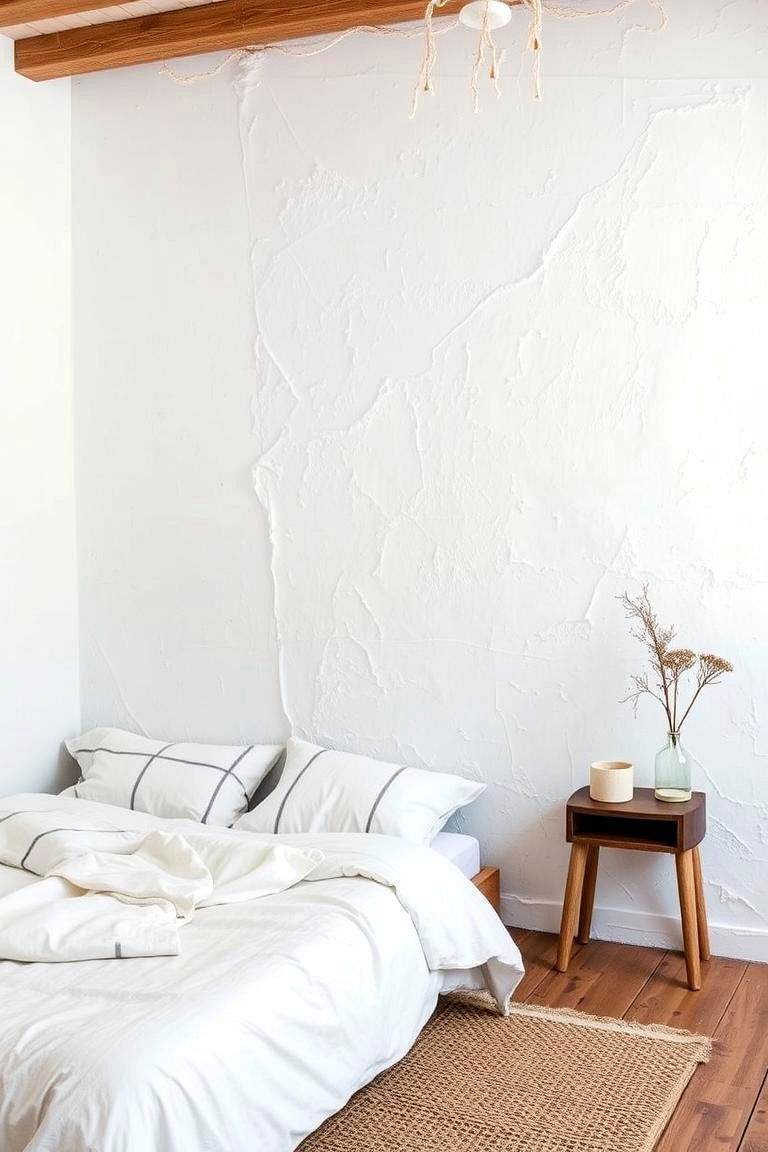
Taking a more casual approach to textured walls, skip trowel involves applying joint compound unevenly with a trowel, leaving some areas smooth and others with textured patches. This creates a rustic and somewhat informal aesthetic. For those seeking a relaxed and lived-in feel, skip trowel is an excellent option. What makes it appealing is its ability to add character and depth without appearing overly formal.
10. Venetian Plaster
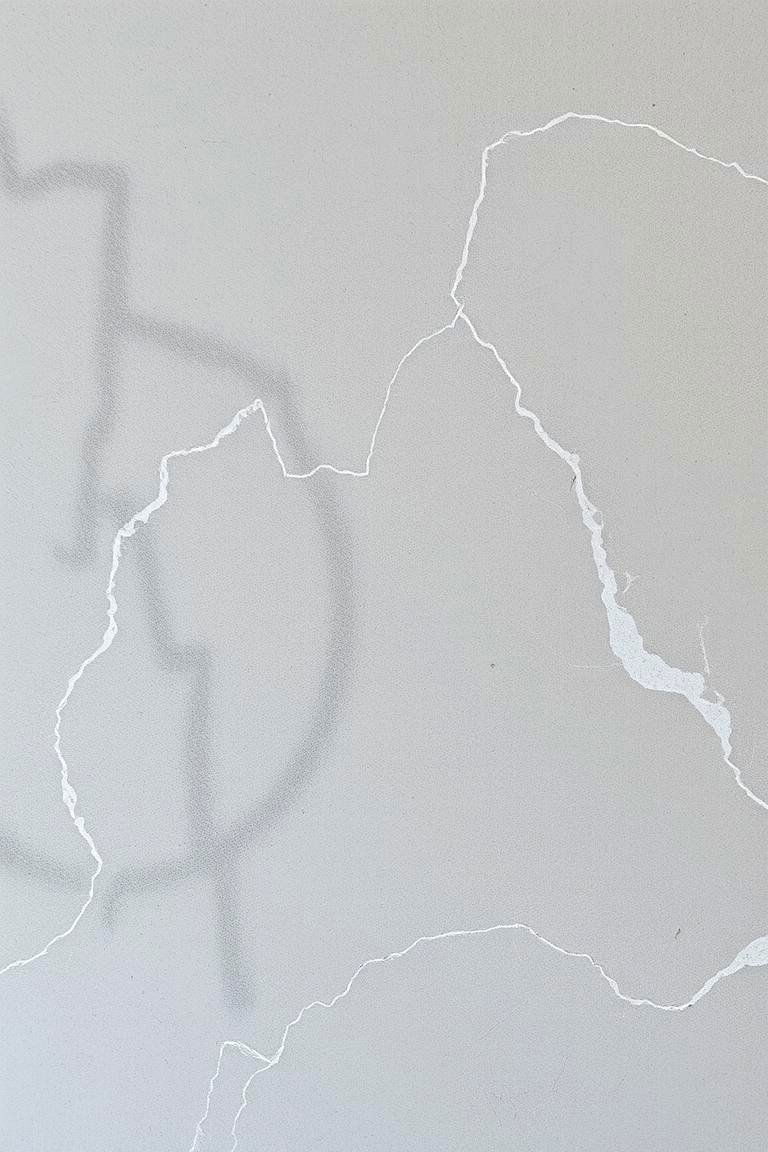
Bringing a touch of Italian elegance, Venetian plaster is a decorative technique using thin layers of plaster to create a polished, marble-like finish. The key benefits include its luxurious appearance and the sense of depth and dimension it adds to a space. With its reflective qualities, Venetian plaster can also enhance the lighting in a room. Consider this for creating a sophisticated and high-end ambiance.
11. Lime Wash
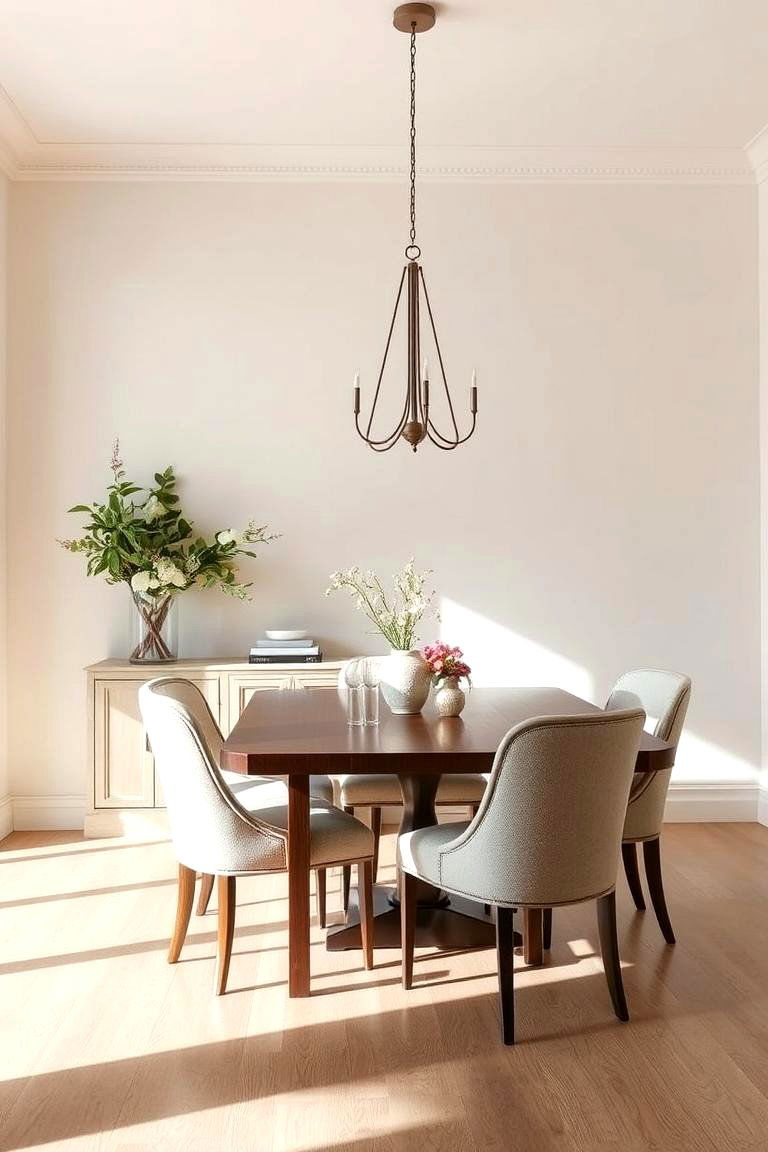
For those drawn to a natural and breathable wall finish, lime wash offers a beautiful, matte texture with subtle color variations. This technique involves applying multiple thin coats of lime-based paint, resulting in a unique, slightly chalky appearance. The practical advantages of lime wash include its breathability and its ability to inhibit mold growth. Furthermore, it provides a soft, organic feel to interiors.
12. Rag Rolling
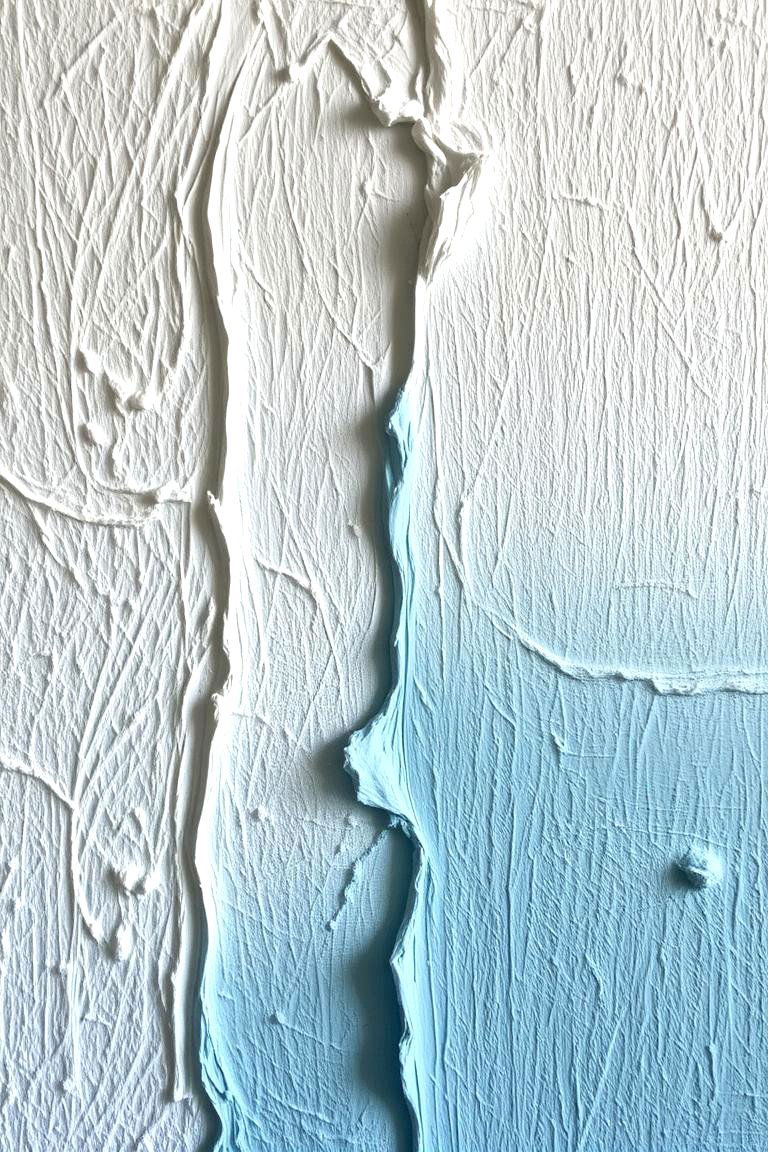
Introducing a soft and textured look, rag rolling involves dipping a rag into paint or glaze and then rolling it across the wall surface. This technique creates a unique, fabric-like texture with variations in color and intensity. The key benefit is the ability to add depth and visual interest in a relatively simple way. What makes it appealing is the artistic freedom it offers for creating a personalized effect.
13. Sponging
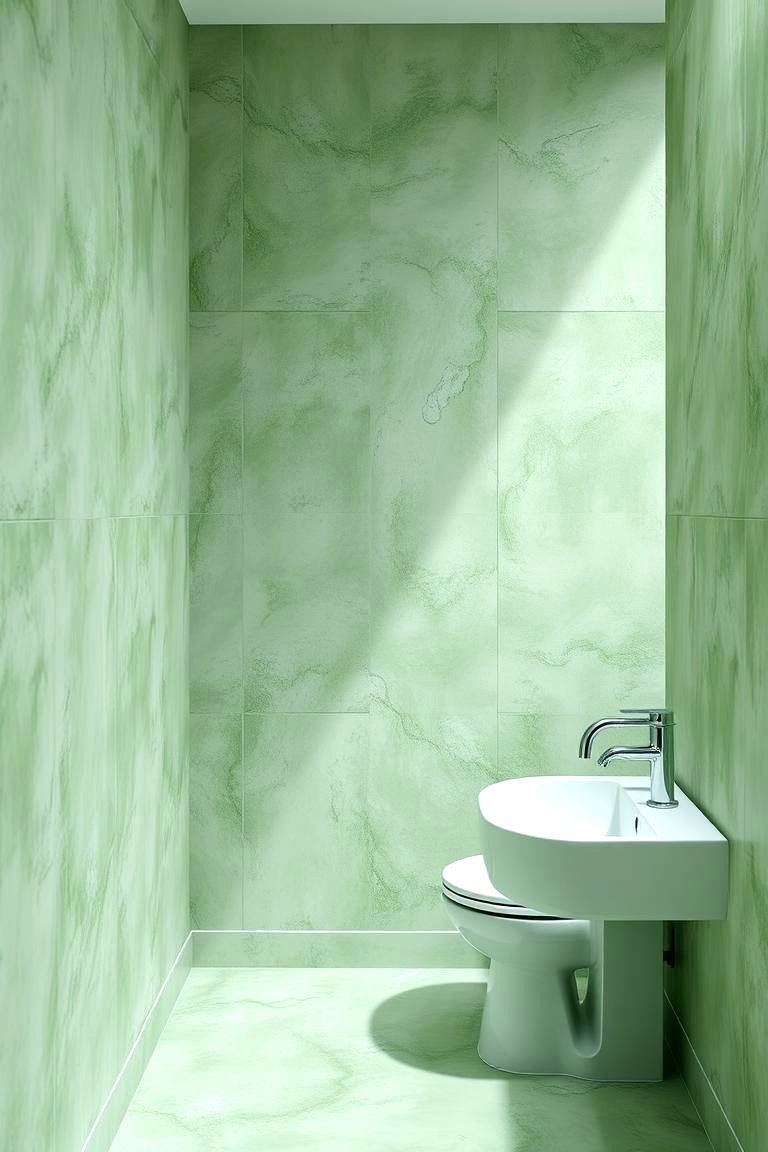
Another versatile and relatively easy texturing technique, sponging involves using a natural or synthetic sponge to apply paint or glaze to the wall. This creates a mottled effect with varying degrees of color and texture. For those wanting to add subtle depth or a more dramatic, layered look, sponging is a great option. By experimenting with different sponge types and application techniques, you can achieve a wide range of results.
14. Stippling
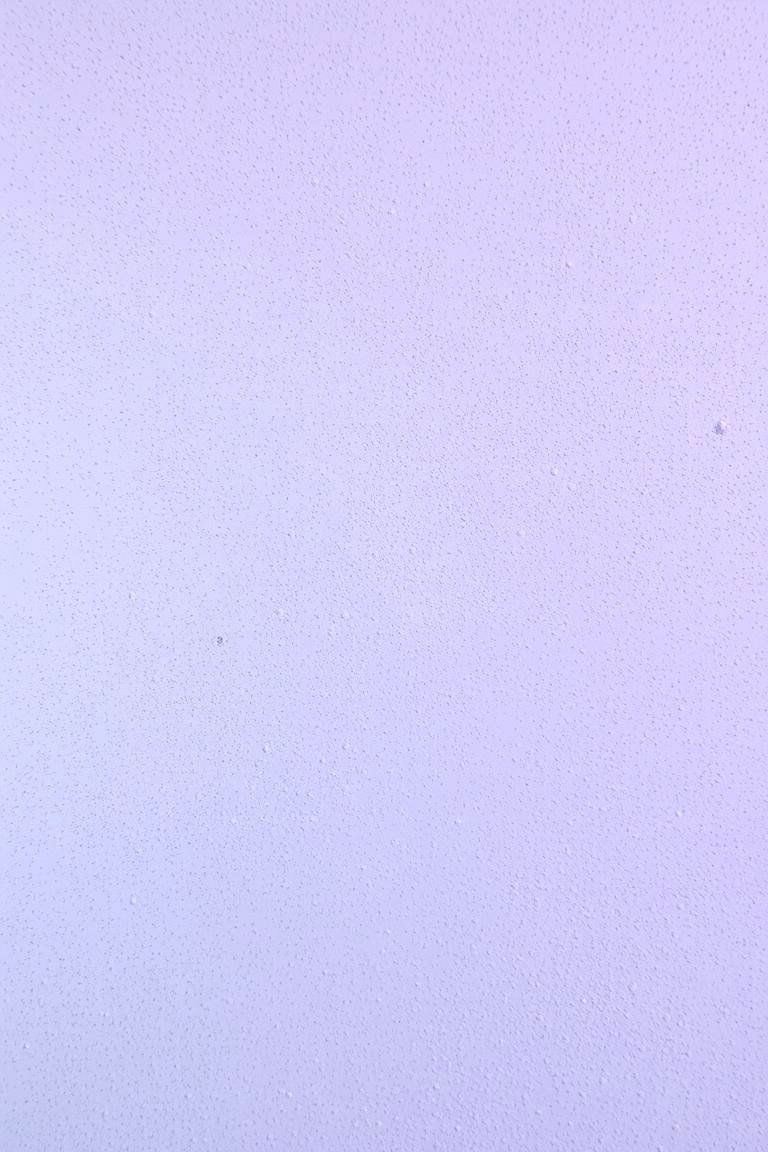
Creating a delicate, dotted texture, stippling involves using a brush with stiff bristles to tap the wall surface with paint. This technique results in a subtle, almost fabric-like appearance. The key benefit of stippling is its ability to add a soft, diffused look to a room. What makes it appealing is its understated elegance and its suitability for creating a calming atmosphere.
15. Vertical Stripes
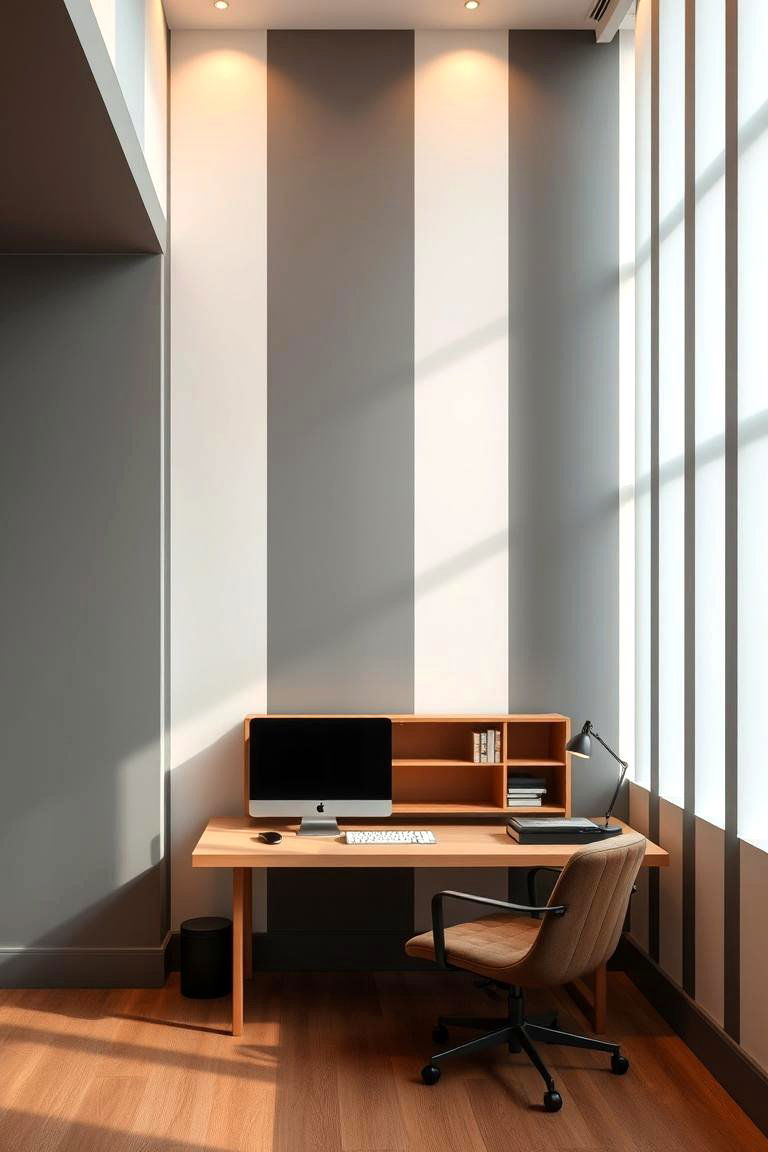
Introducing a sense of height and formality, vertical stripes can be achieved through paint, wallpaper, or even textured plaster. The key benefit of vertical stripes is their ability to visually elongate a room. For those with lower ceilings, this can be a particularly effective technique. Consider using contrasting colors or subtle tonal variations to create the desired impact.
16. Horizontal Stripes
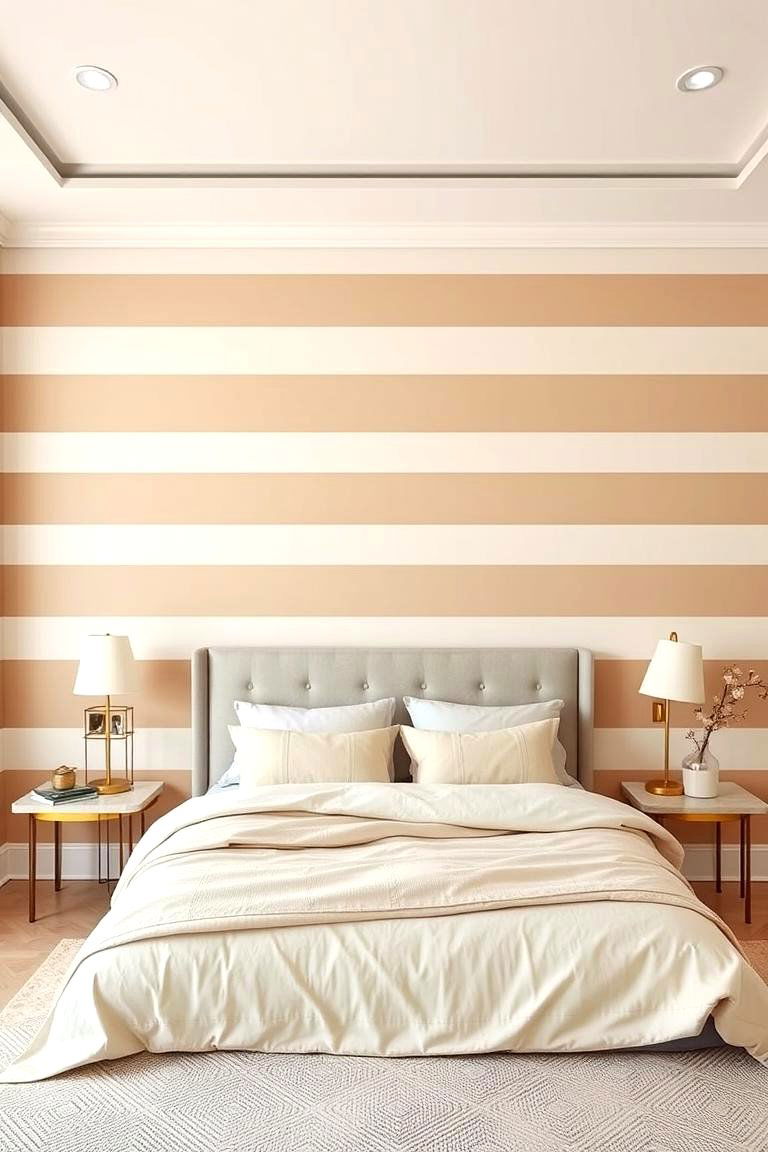
In contrast to vertical stripes, horizontal stripes can make a room feel wider and more spacious. Similar to vertical stripes, they can be created with paint, wallpaper, or texture. What makes horizontal stripes appealing is their ability to add a sense of groundedness and visual interest. Take into account the width and color combinations to achieve the desired effect.
17. Chevron Pattern
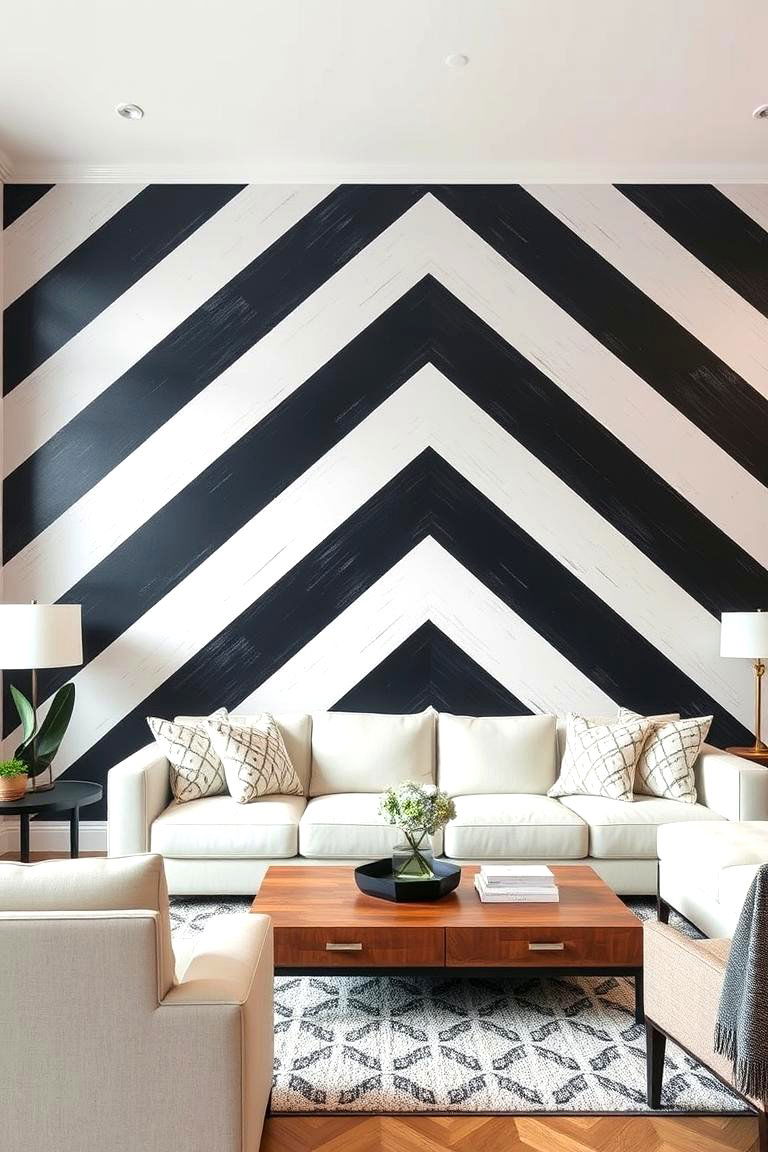
For those seeking a more dynamic and contemporary look, the chevron pattern offers a stylish zigzag design. This can be achieved through painting, stencils, or even textured applications. The key benefit of chevron is its ability to add energy and visual interest to a space. Consider using bold color combinations for a statement wall or more subtle tones for a sophisticated effect.
18. Harlequin Pattern
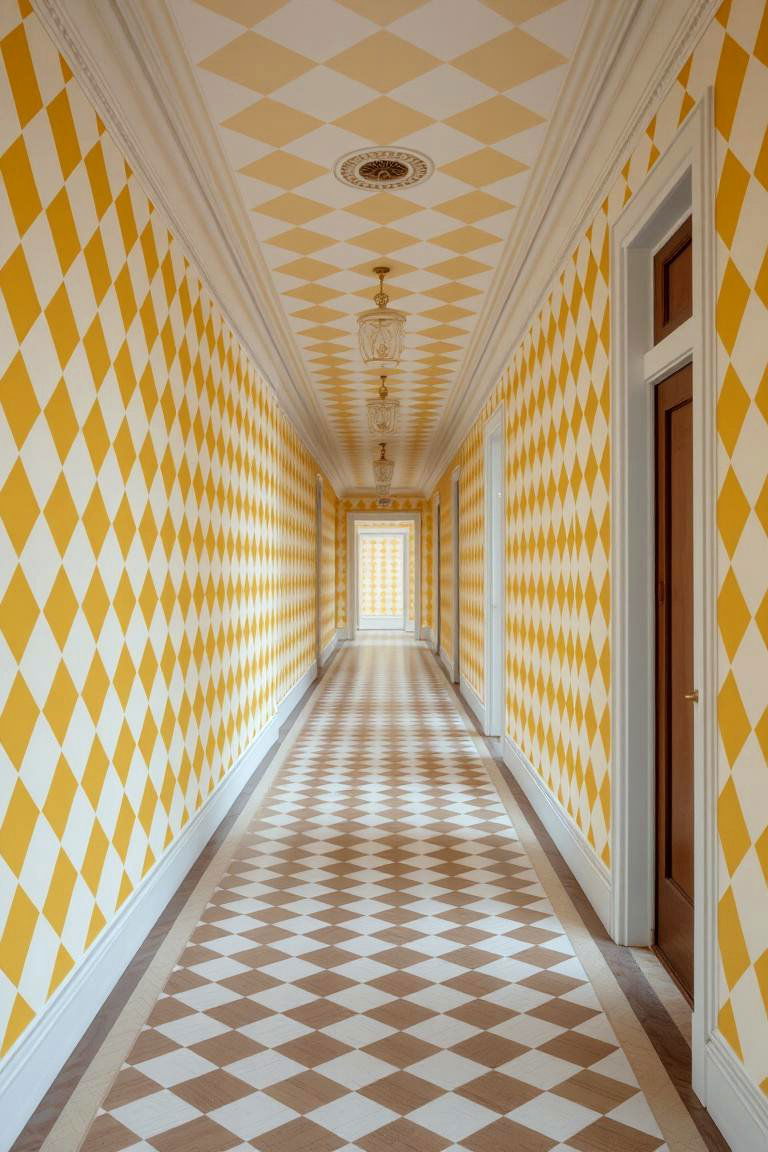
Bringing a touch of classic elegance and visual intrigue, the harlequin pattern features diamond shapes, often in alternating colors. This pattern can be created through painting, wallpaper, or textured finishes. What makes the harlequin pattern appealing is its ability to add a sense of sophistication and playfulness to a room. Consider the size and color choices to match your desired aesthetic.
19. Brick Effect
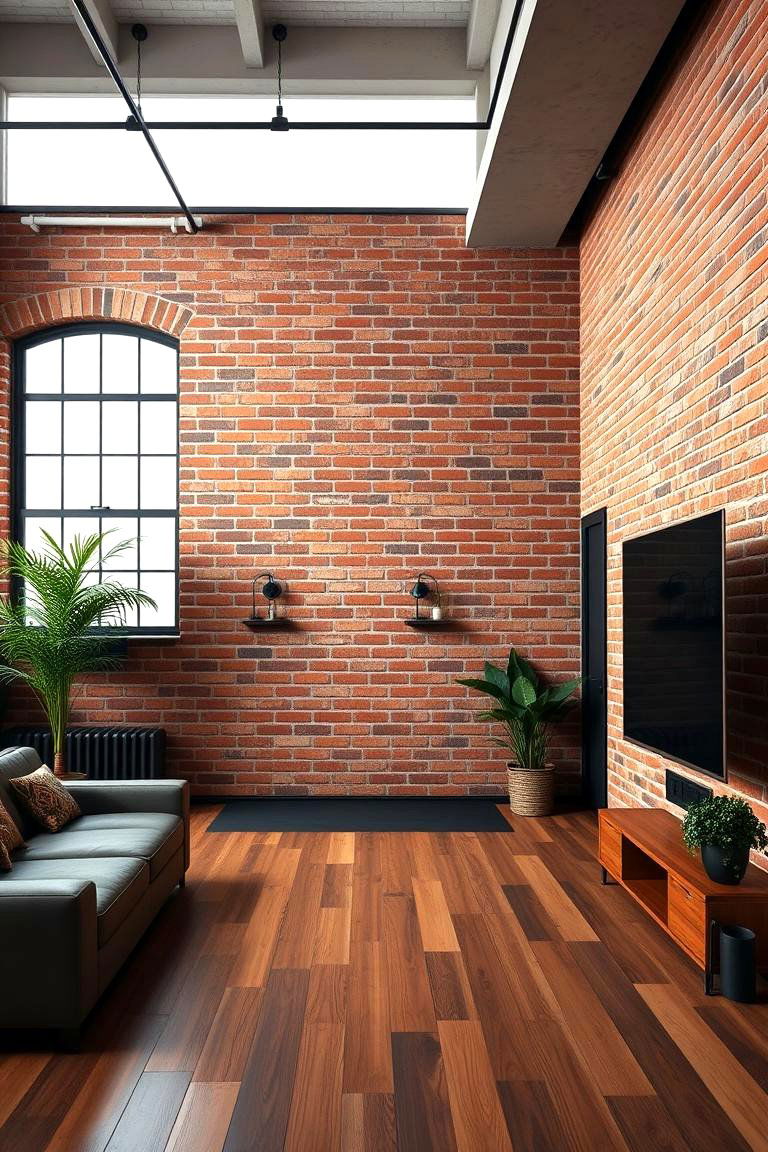
For those who appreciate the rustic charm and industrial appeal of brick, achieving a brick effect on interior walls is a popular choice. This can be done with real brick veneer, faux brick panels, or even through textured plaster techniques that mimic the look and feel of brick. The key benefit is the added warmth and character that brick brings to a space. Take into account the color and texture of the "bricks" to achieve the desired style.
20. Wood Paneling Effect
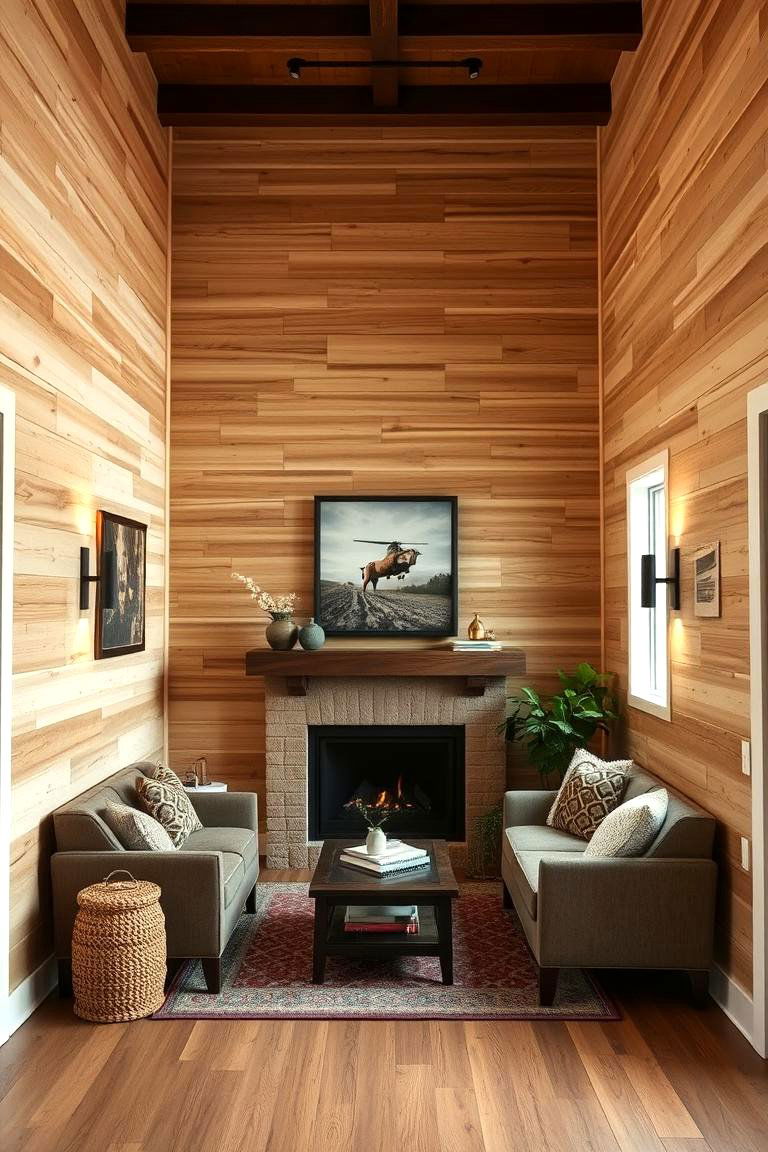
Introducing warmth, texture, and a touch of natural beauty, wood paneling can transform a room's ambiance. This can range from traditional raised panels to more contemporary shiplap or plank styles. The practical advantages of wood paneling include added insulation and sound dampening. Furthermore, it offers a timeless and versatile aesthetic that complements various decor styles.
21. Fabric Effect
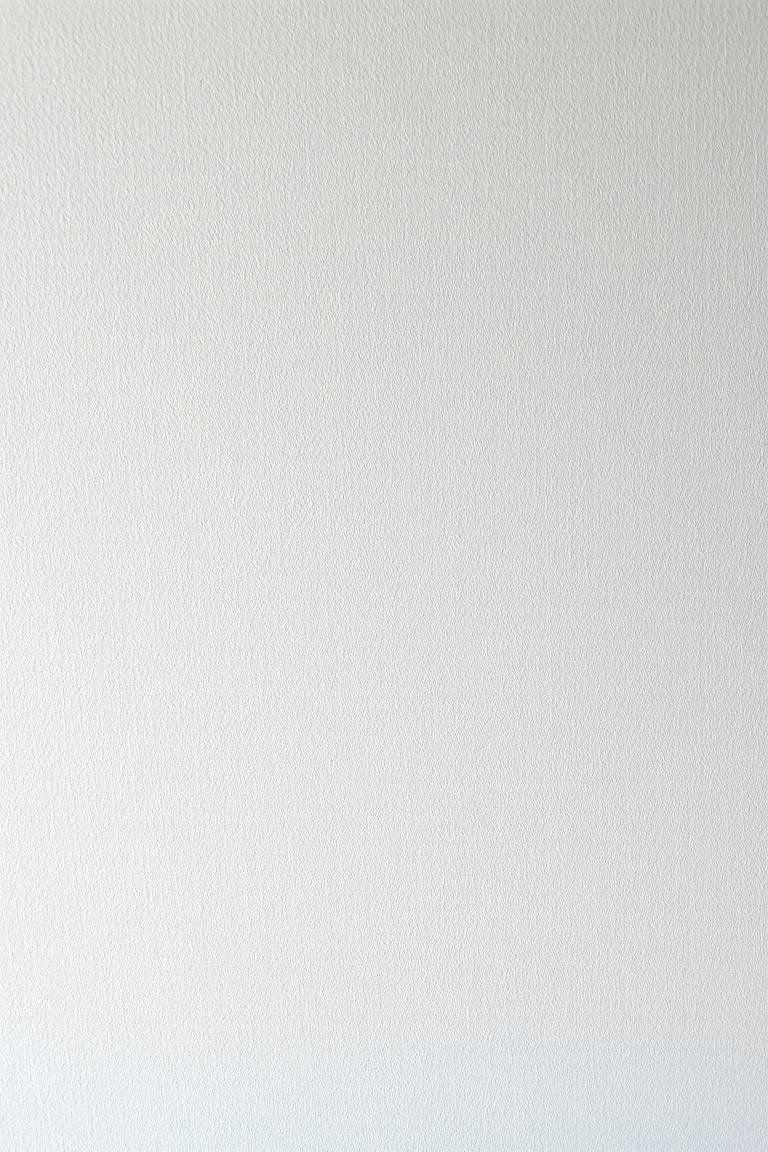
Creating a soft and luxurious feel, a fabric effect on walls can be achieved through specialized paints or by actually applying fabric. Textured paints designed to mimic the look and feel of materials like linen or suede offer a practical alternative to actual fabric. The key benefit is the added warmth and tactile interest. What makes it appealing is the sense of comfort and sophistication it can bring to a room.
22. Metallic Finish
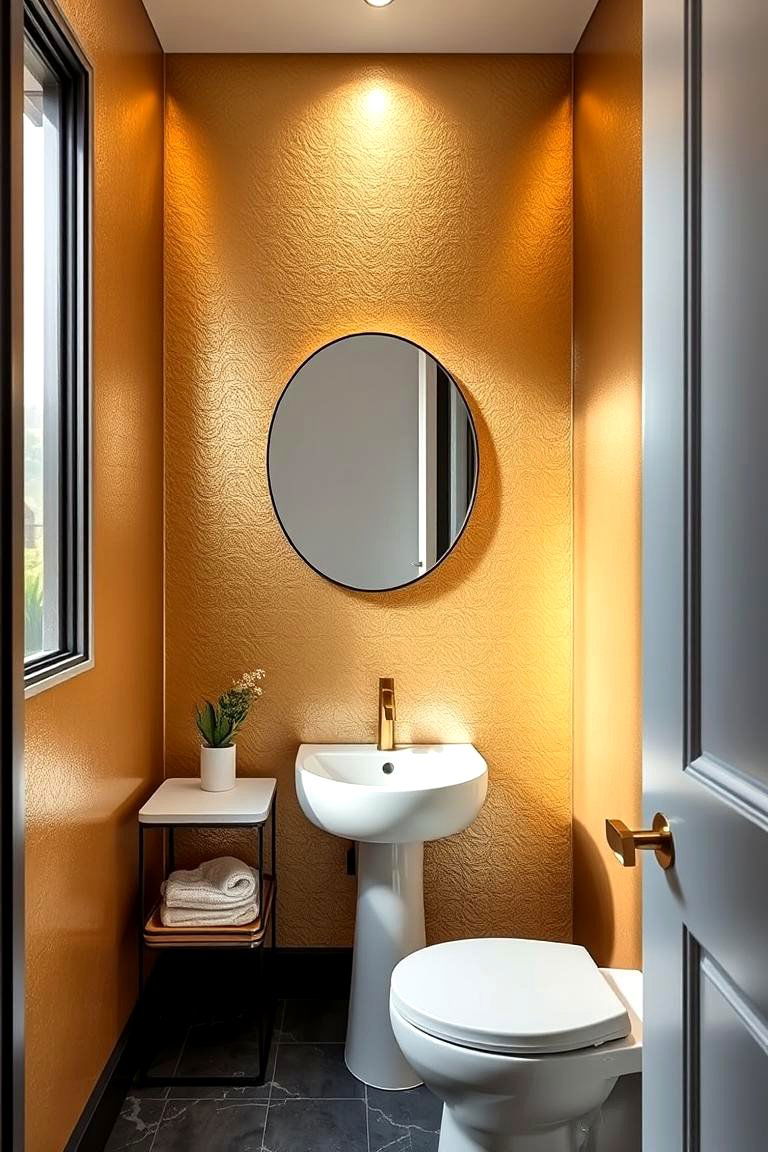
For those wanting to add a touch of glamour and sophistication, a metallic finish can make a striking statement. This can be achieved through metallic paints, wallpapers, or even plaster finishes infused with metallic pigments. The key benefit is the reflective quality that can enhance lighting and create a sense of luxury. Consider using metallic accents on a feature wall to add visual impact.
23. Textured Paint
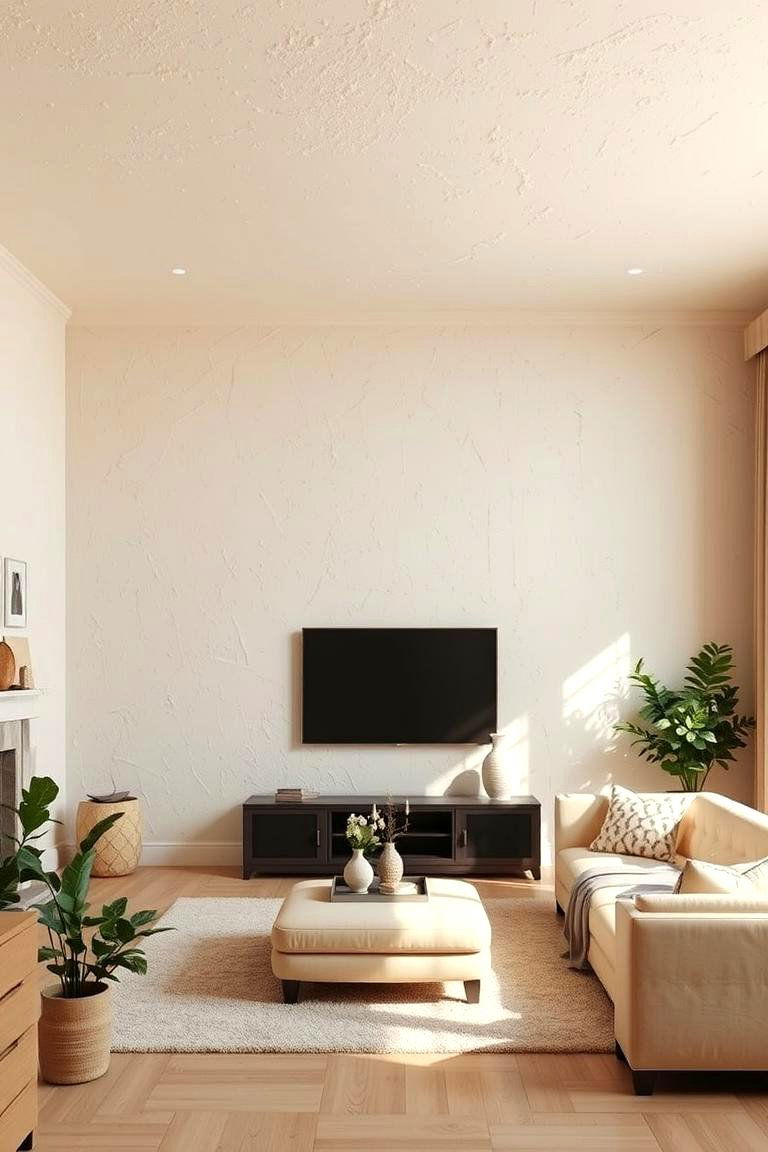
Offering a wide range of possibilities, textured paints contain granules or aggregates that create a three-dimensional surface. These paints come in various textures, from subtle sand finishes to more pronounced stucco-like effects. The practical advantage is their ability to hide imperfections while adding visual interest. What makes textured paint appealing is its ease of application compared to some other texturing methods.
24. Decorative Stencils
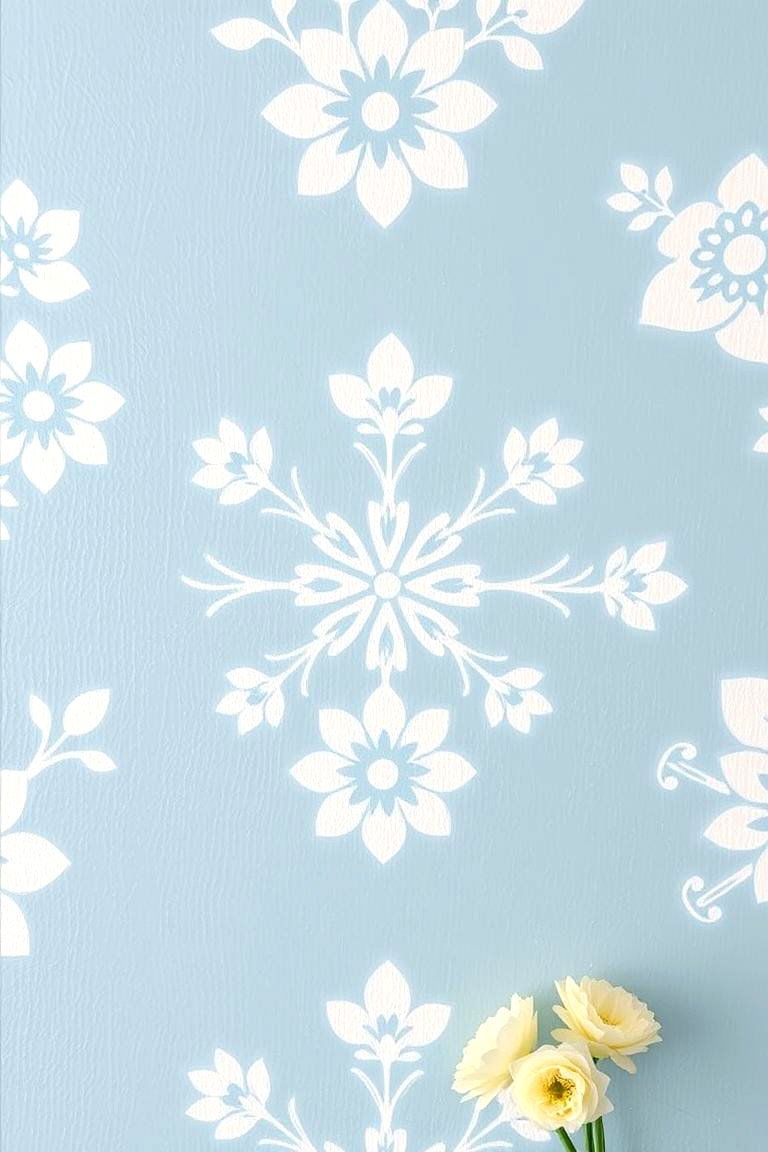
Finally, for those seeking a personalized and detailed touch, decorative stencils offer a versatile way to add patterns and designs to walls. Stencils can be used with paint or even textured compounds to create raised designs. The key benefit is the ability to customize your walls with intricate patterns or repeating motifs. Consider using stencils to create a feature wall or to add subtle detailing throughout a room.
Conclusion:
Exploring the diverse landscape of wall texture ideas reveals the transformative power these finishes hold. From the understated elegance of a smooth finish to the tactile richness of Venetian plaster and the personalized touch of decorative stencils, each option brings its unique set of benefits and aesthetic qualities. Ultimately, the best choice of wall texture will depend on your individual style preferences, the functional needs of the space, and the desired ambiance you wish to create. Embracing the possibilities offered by different wall textures can truly elevate the design of your home, turning ordinary walls into extraordinary features.


